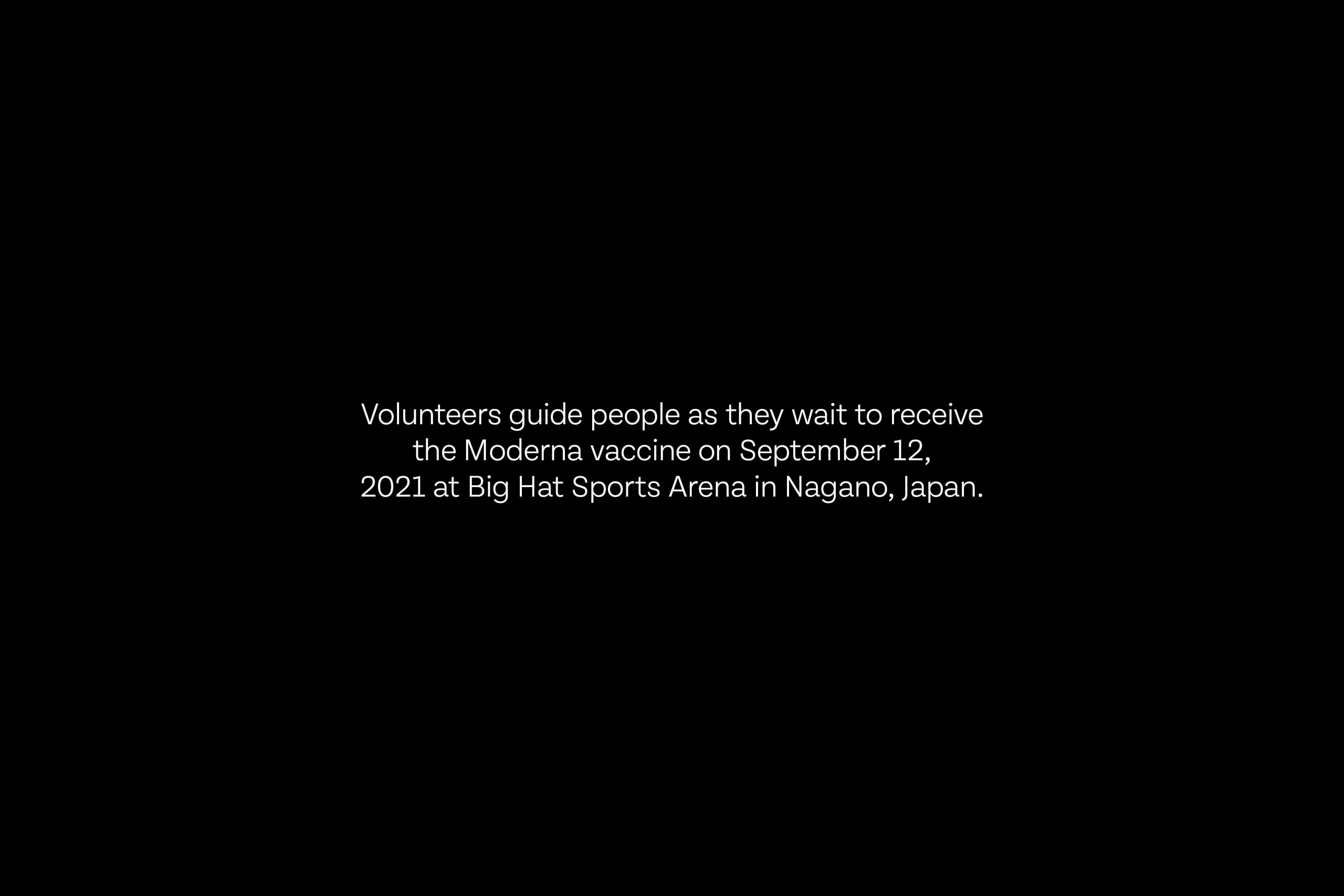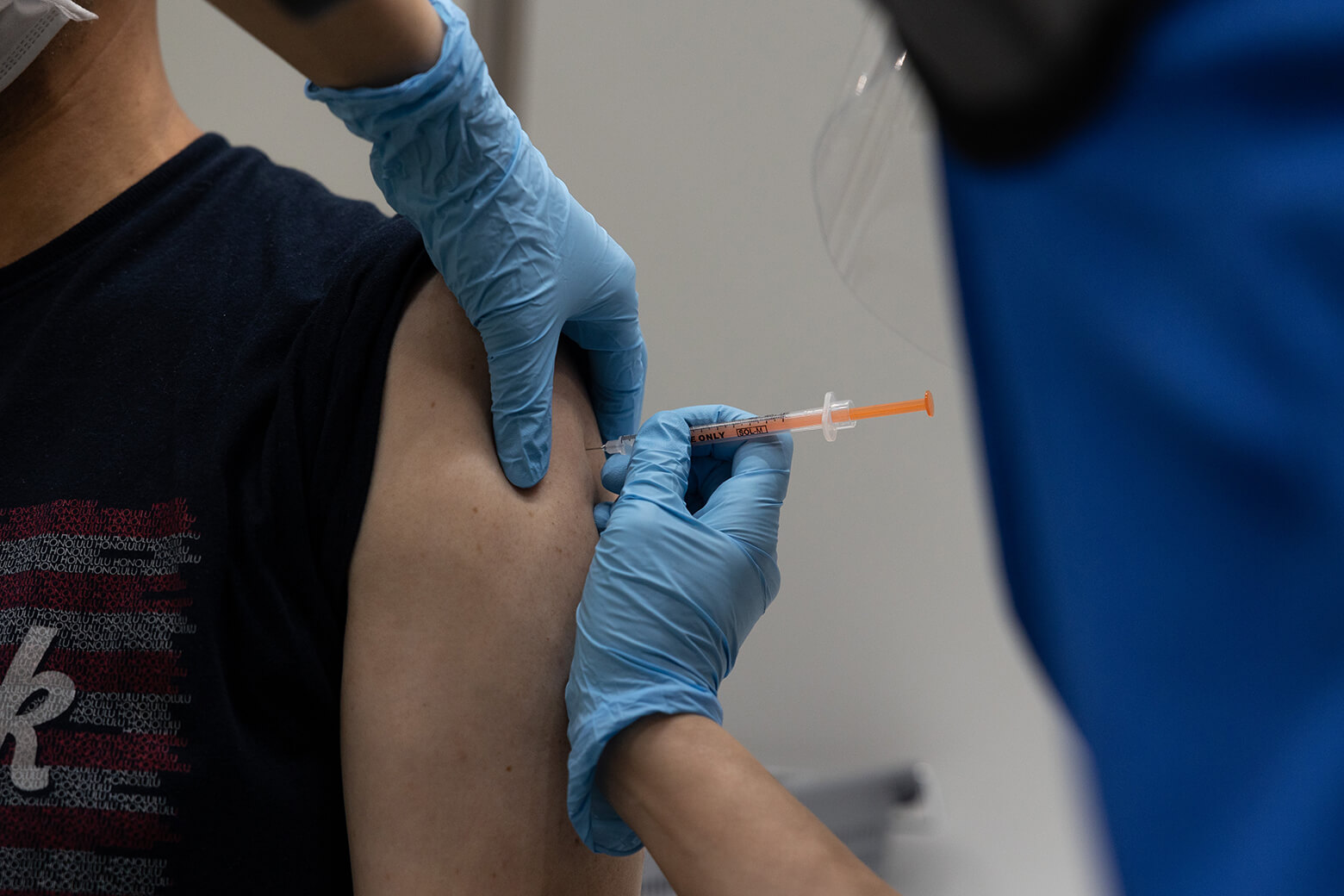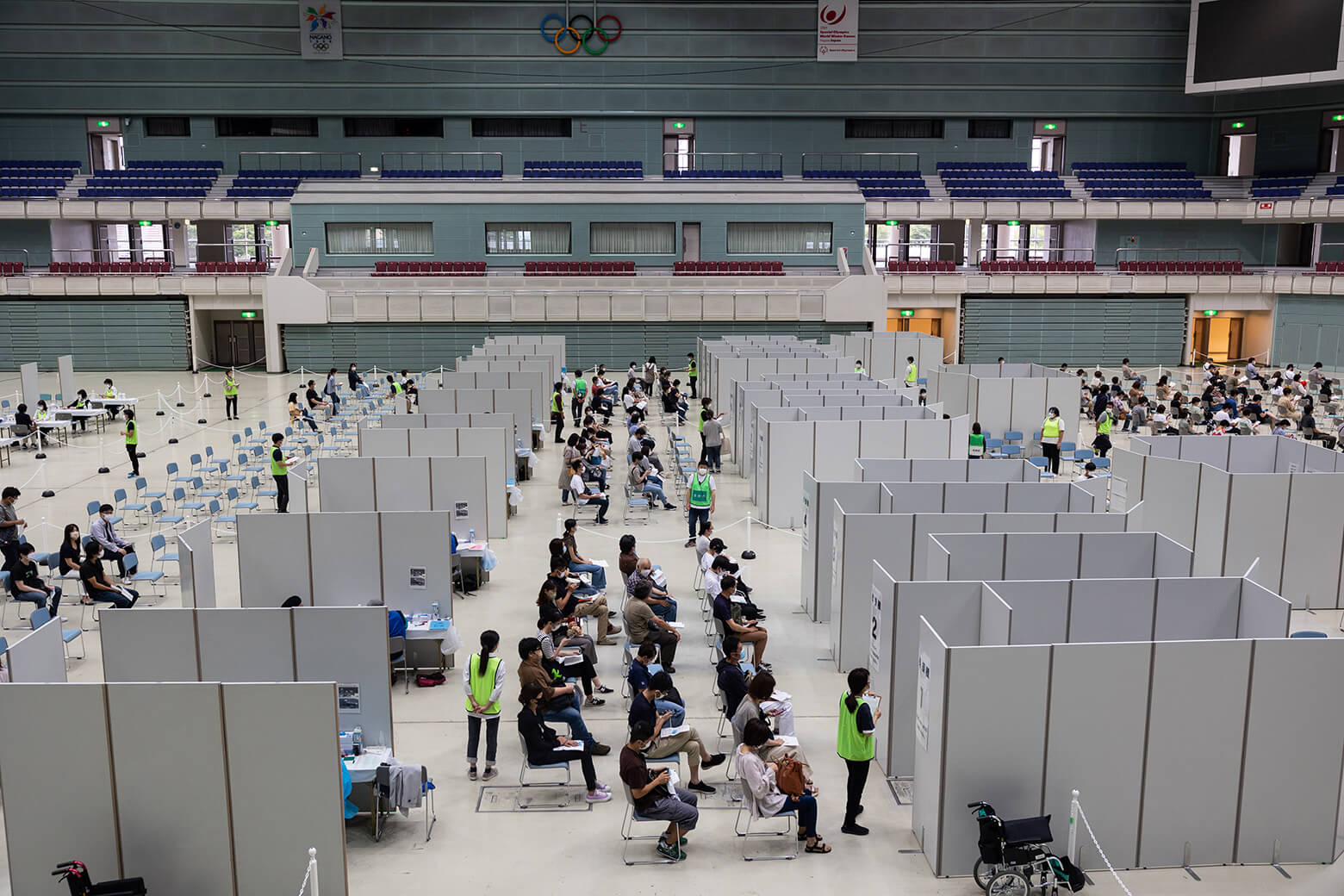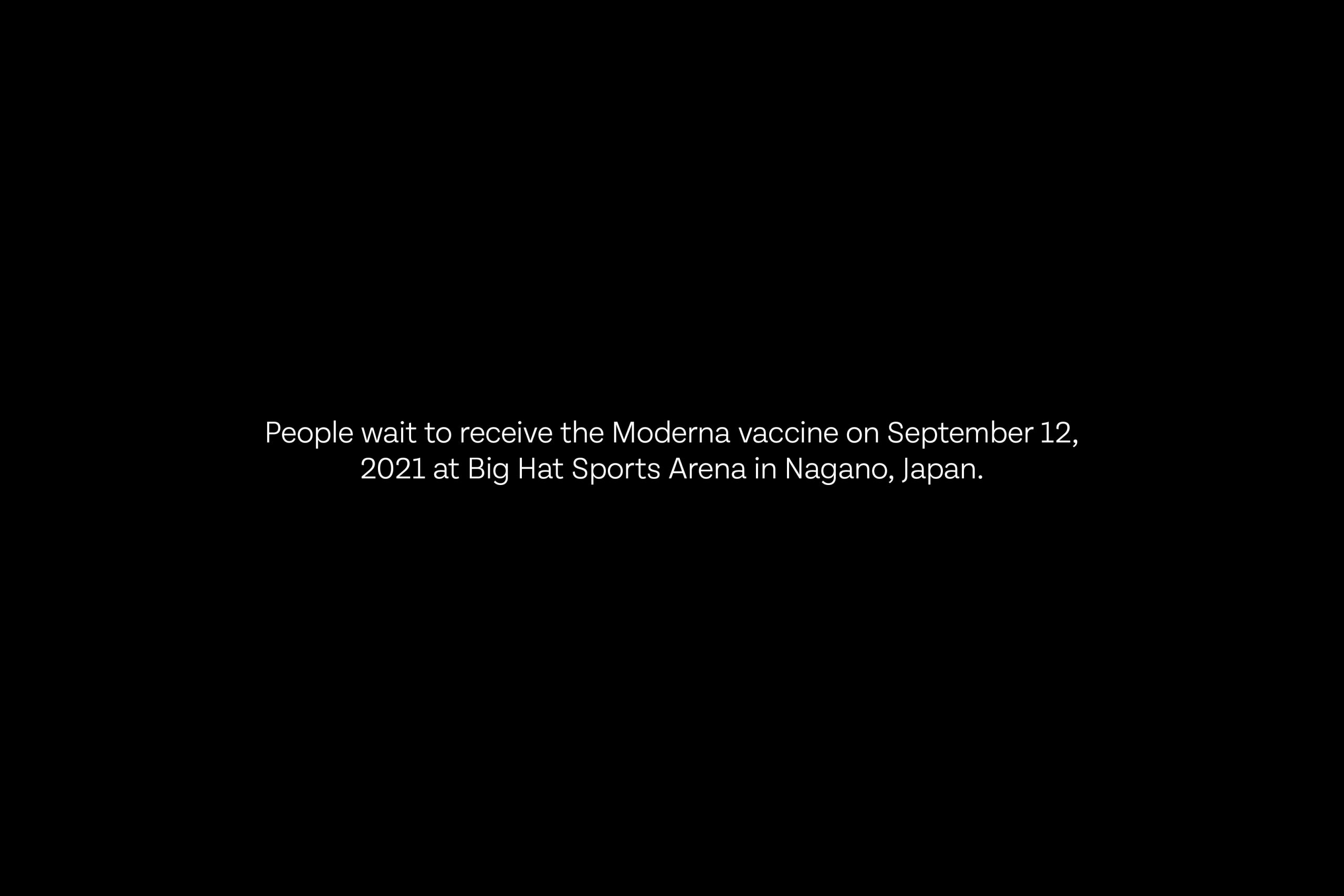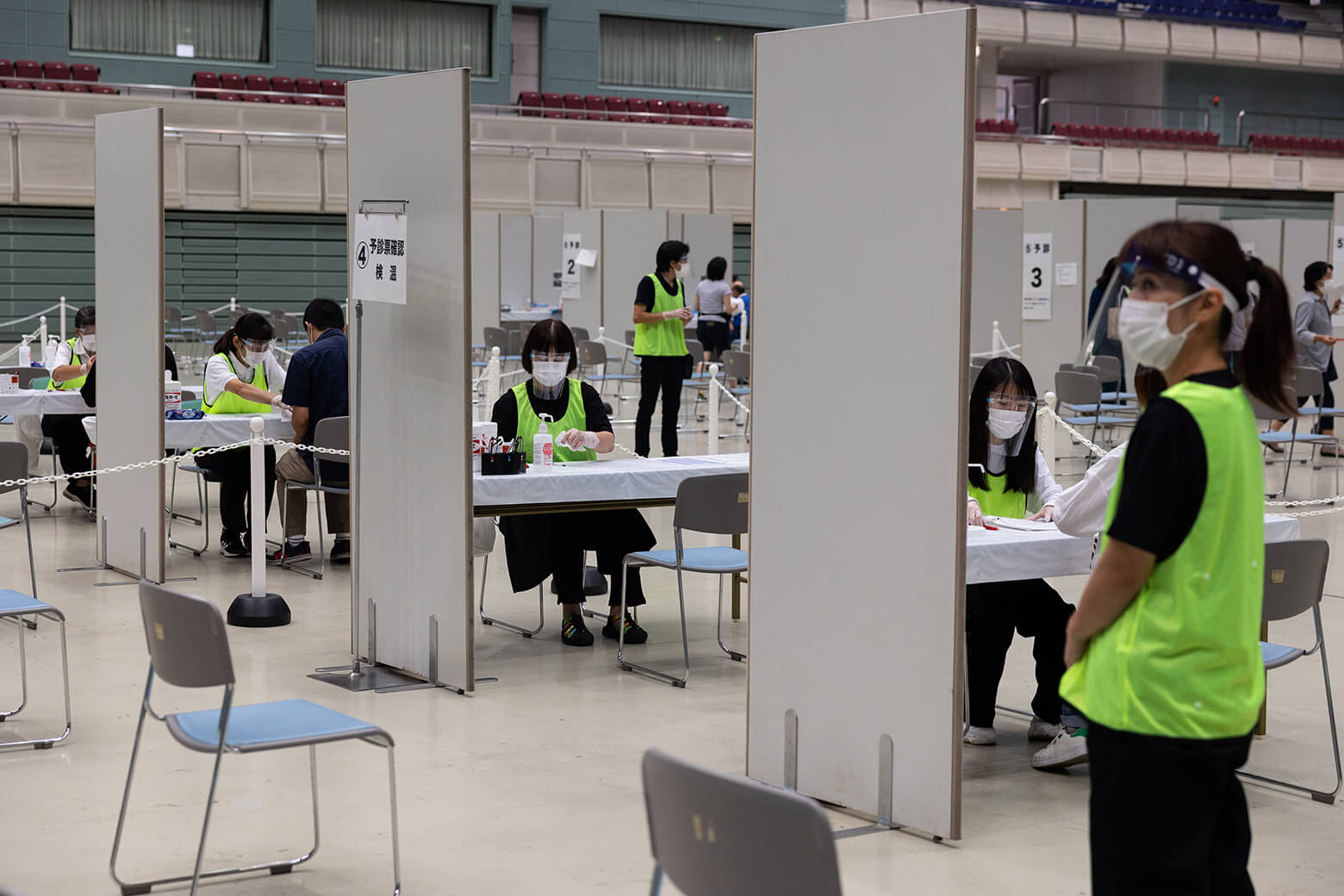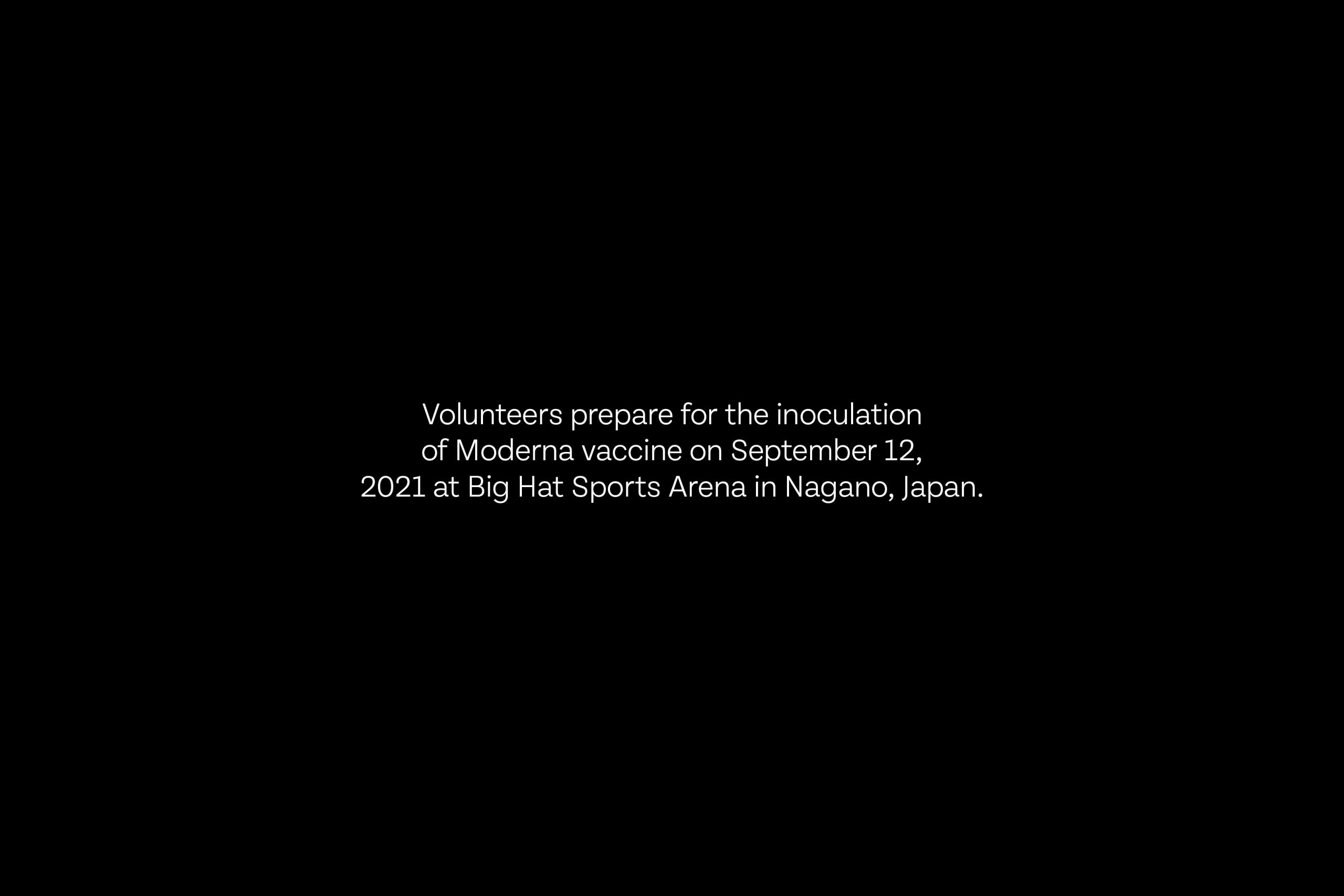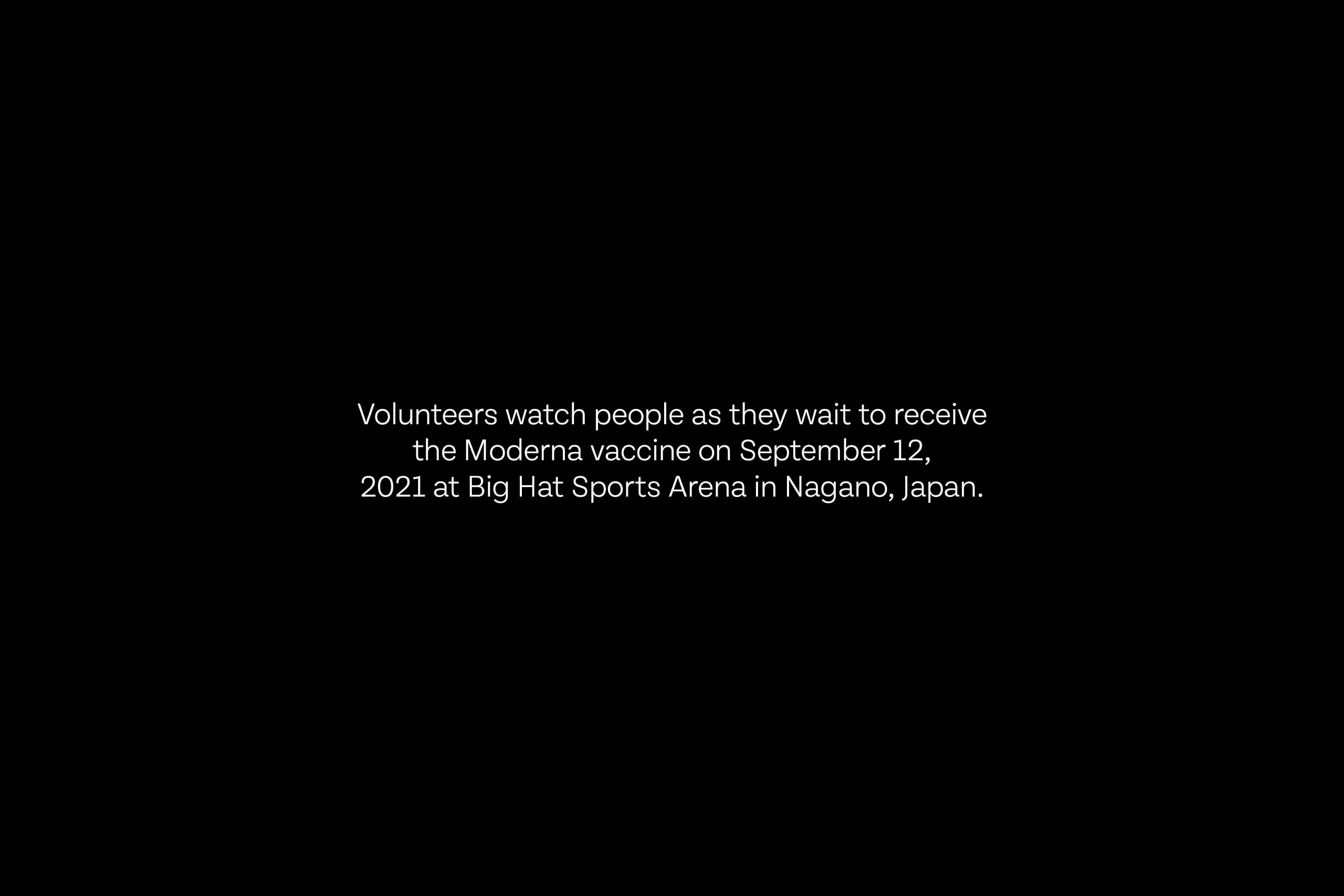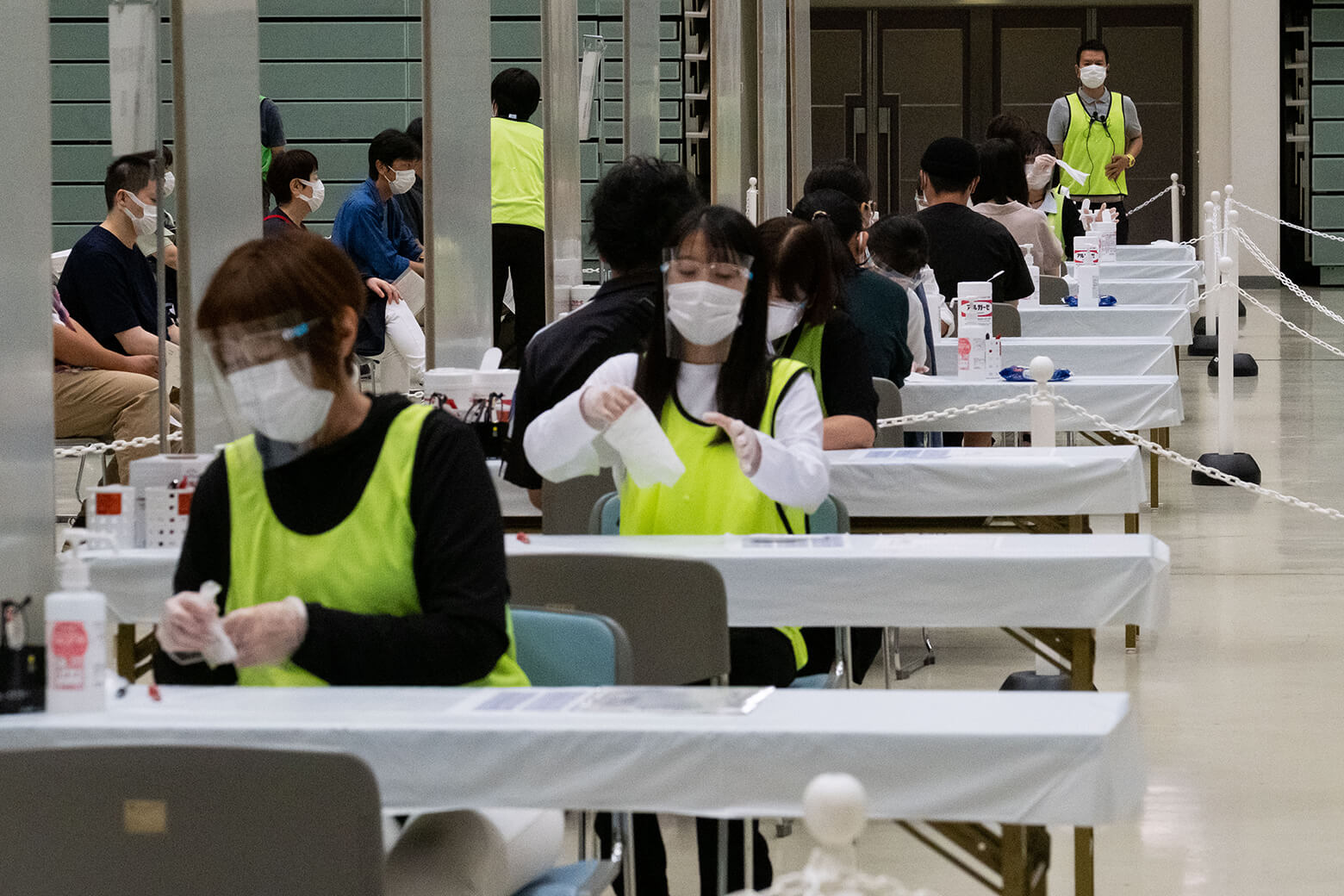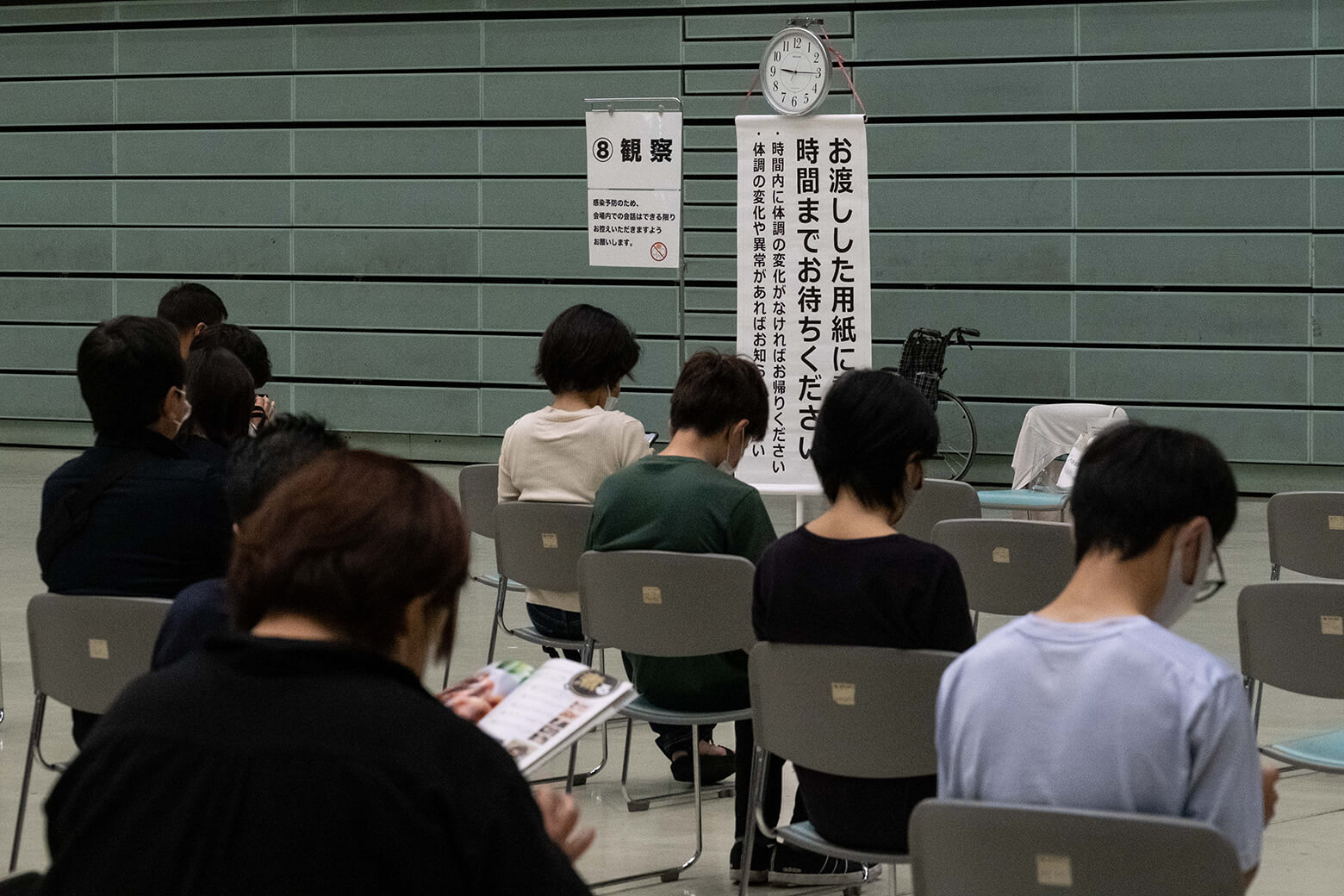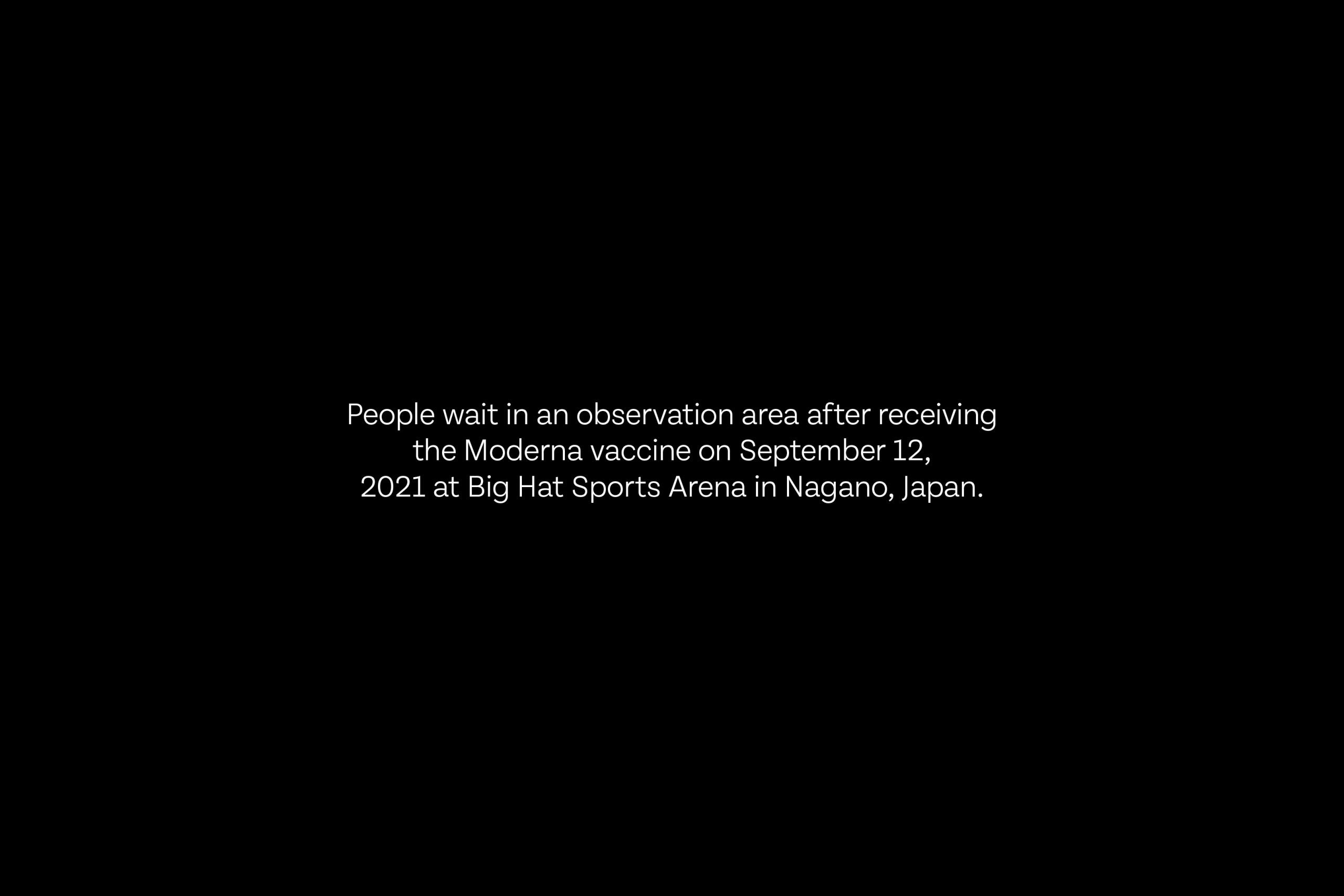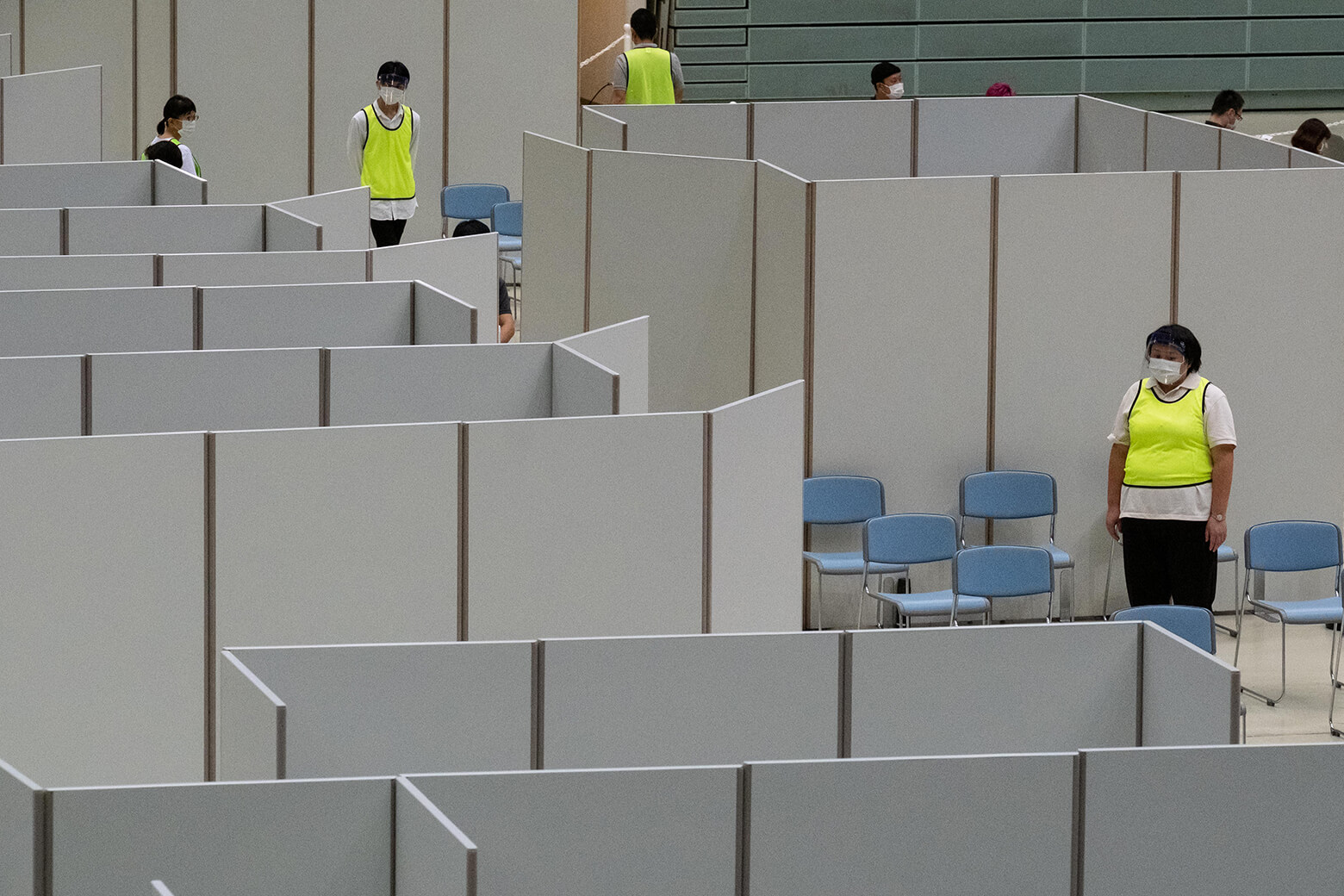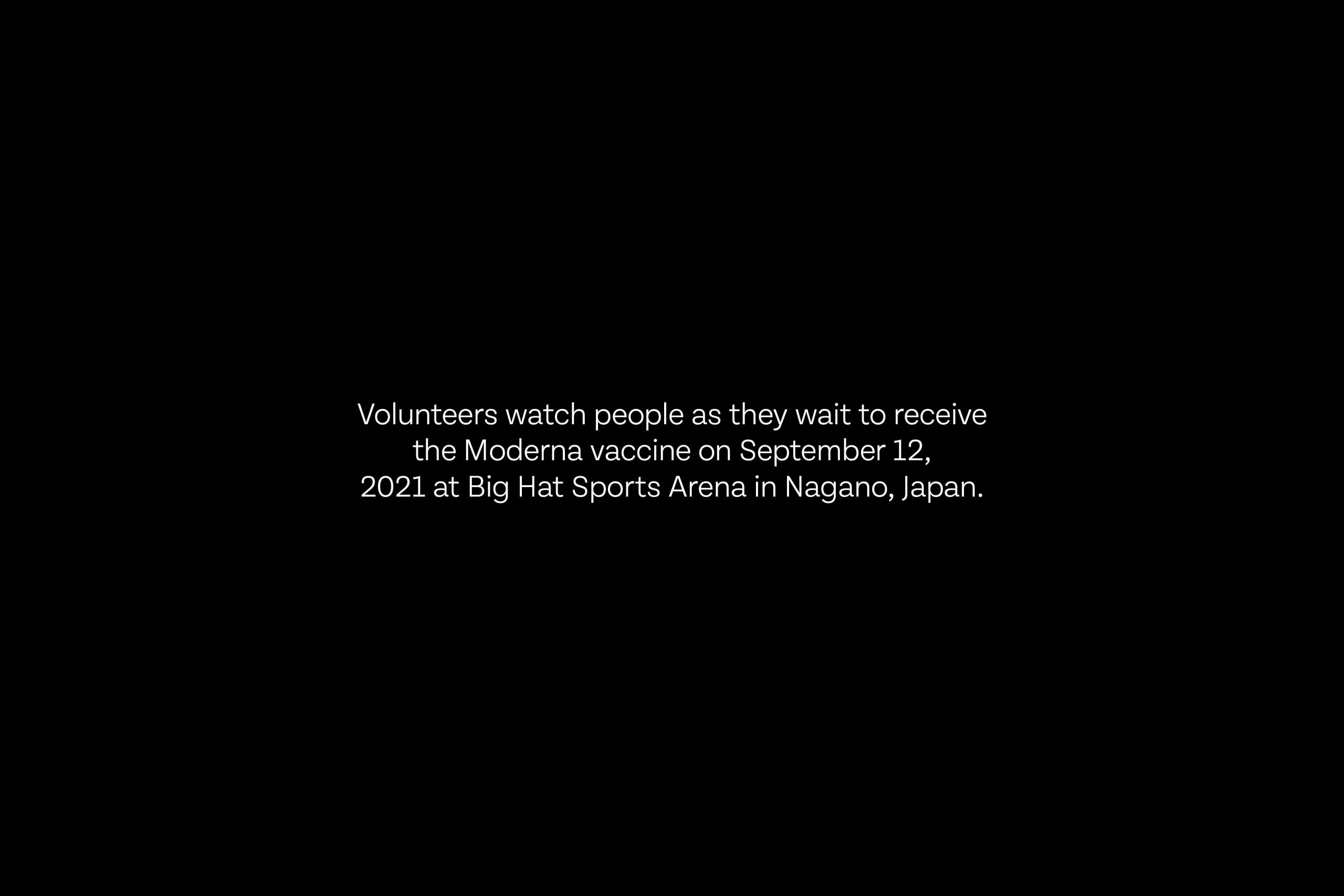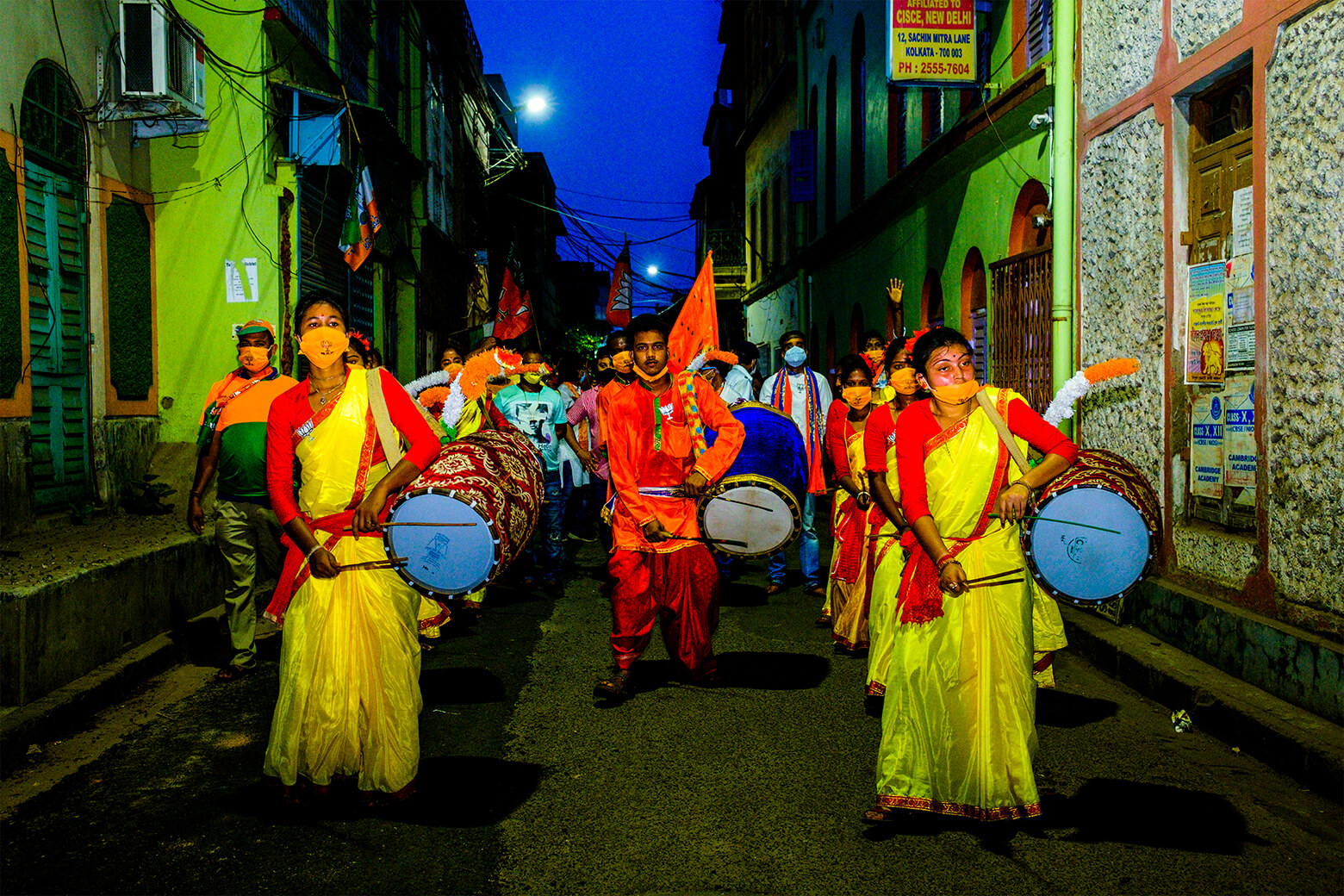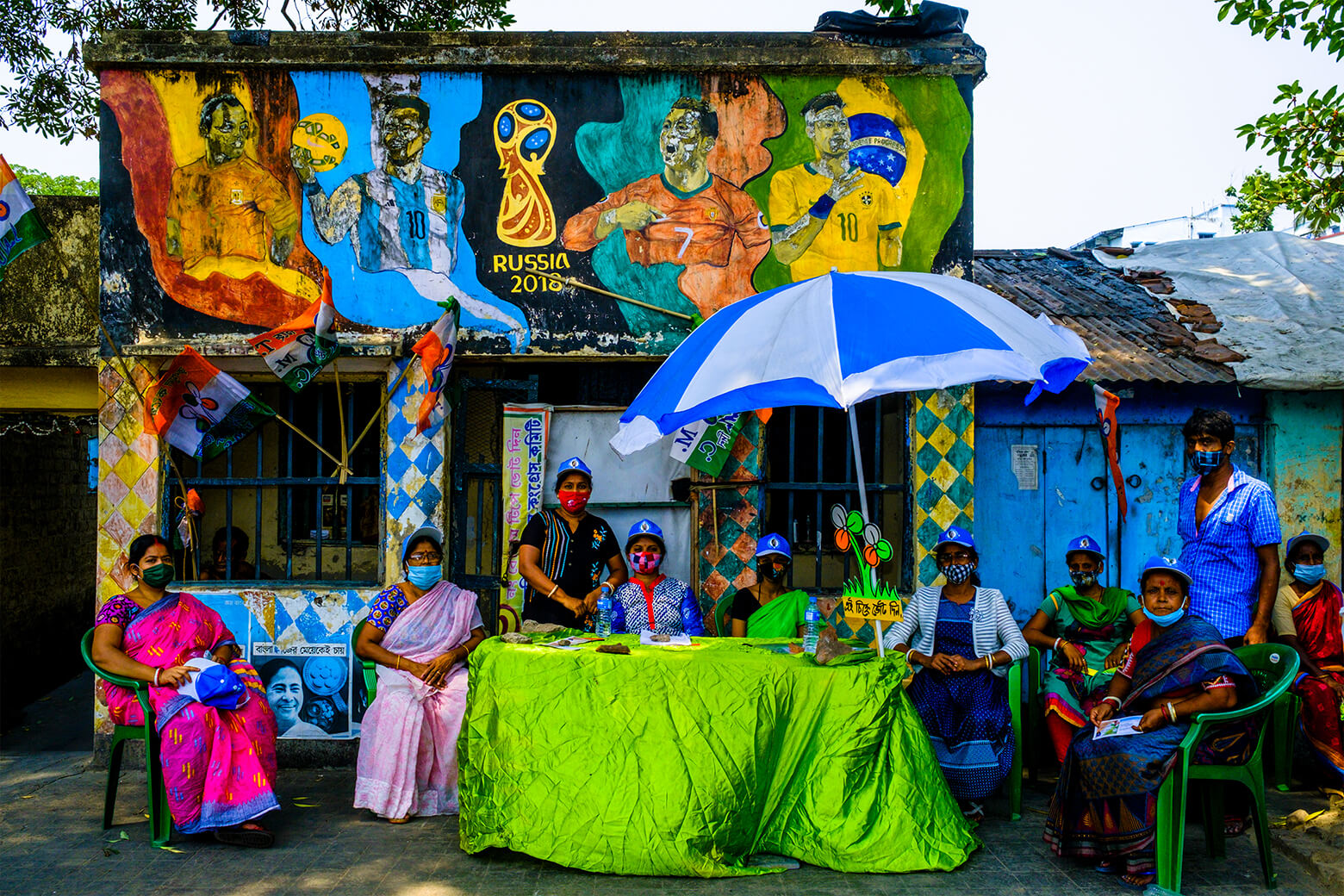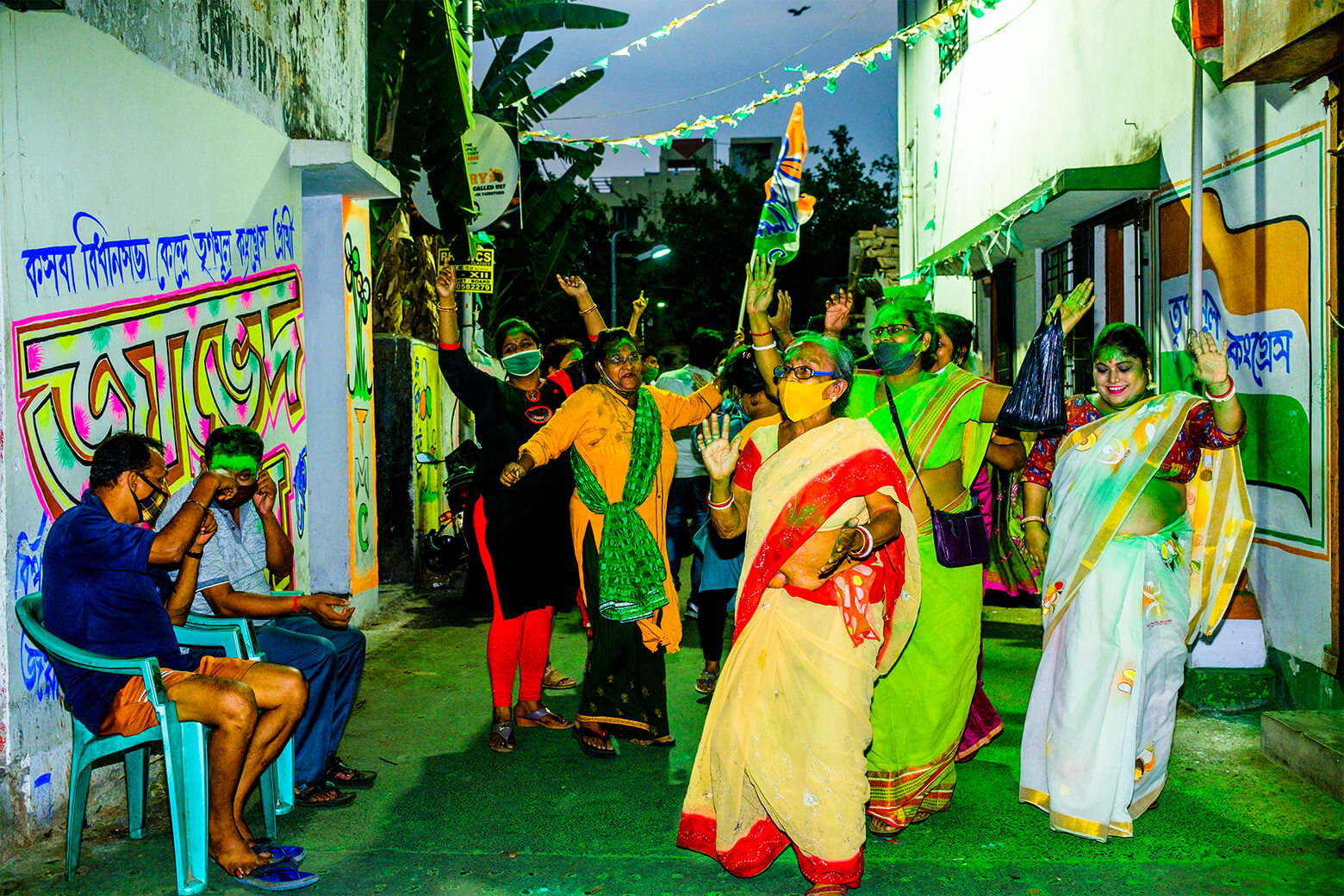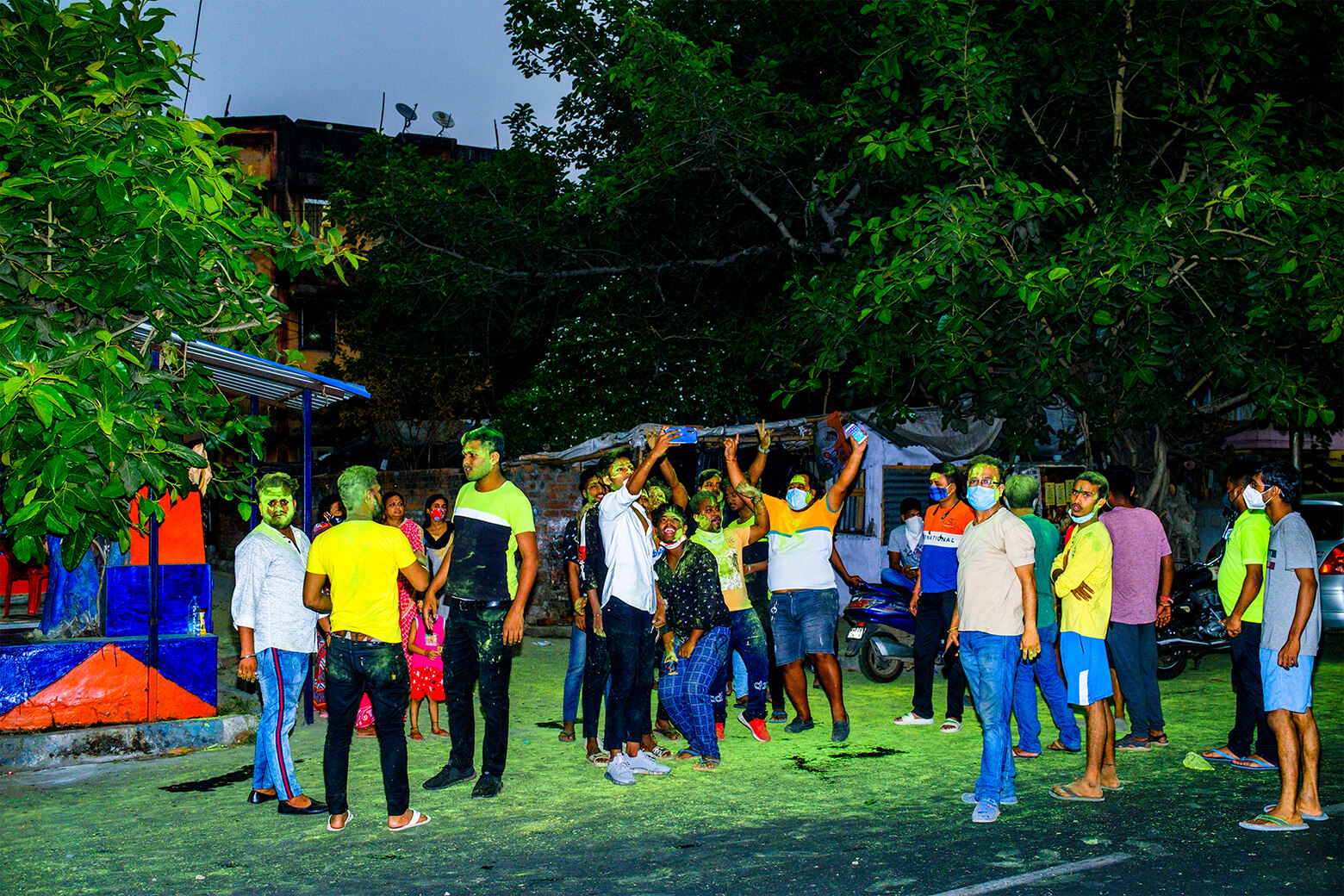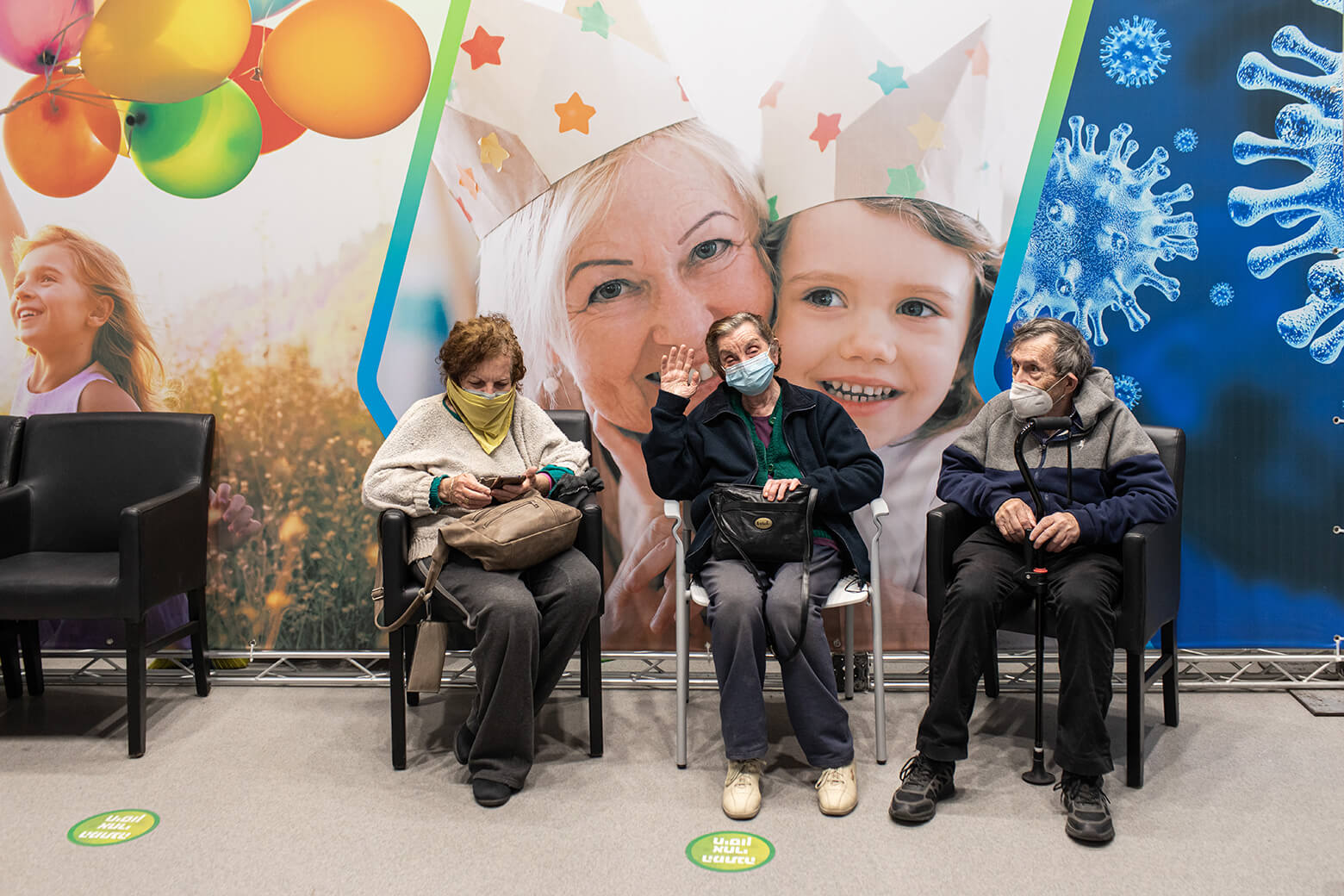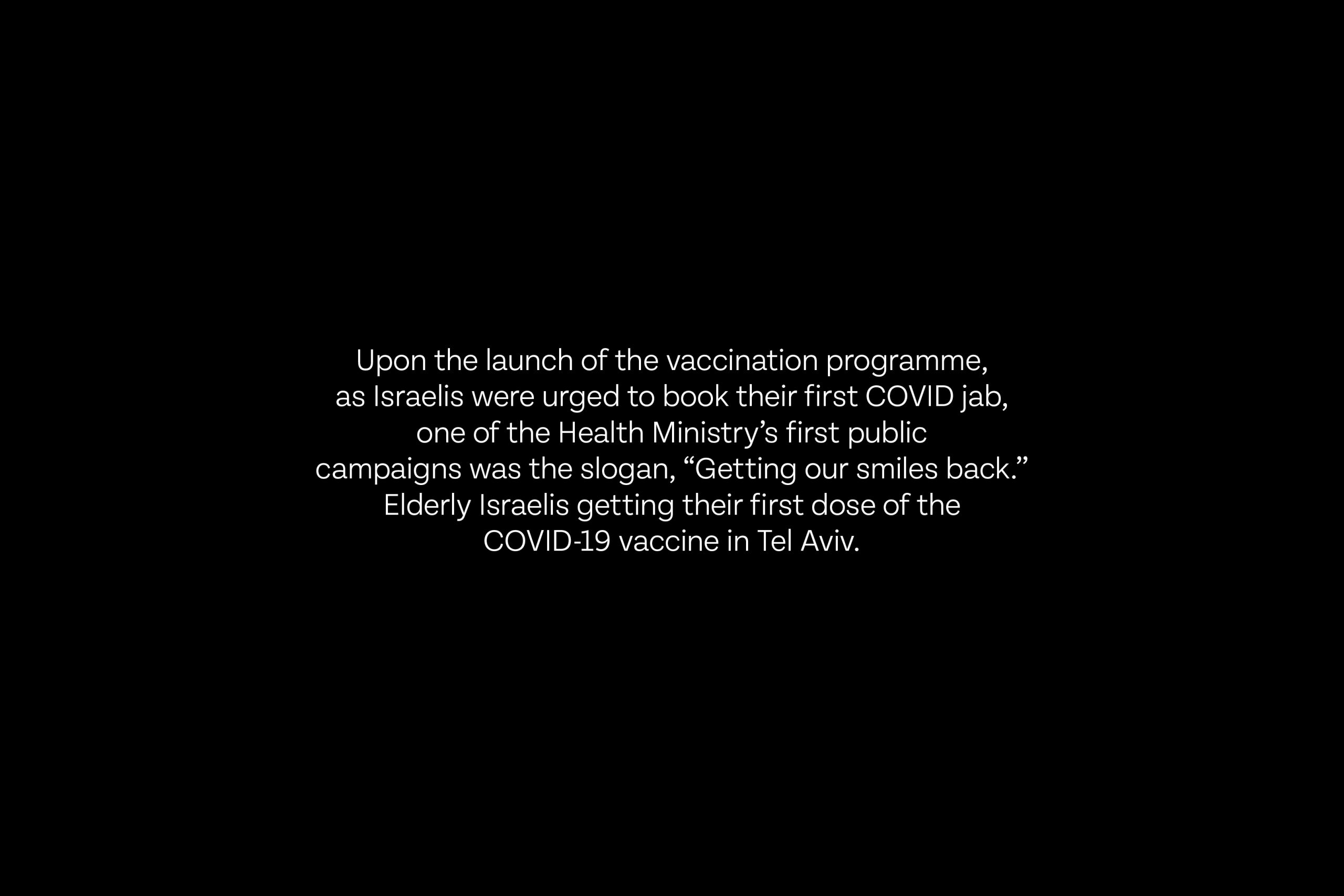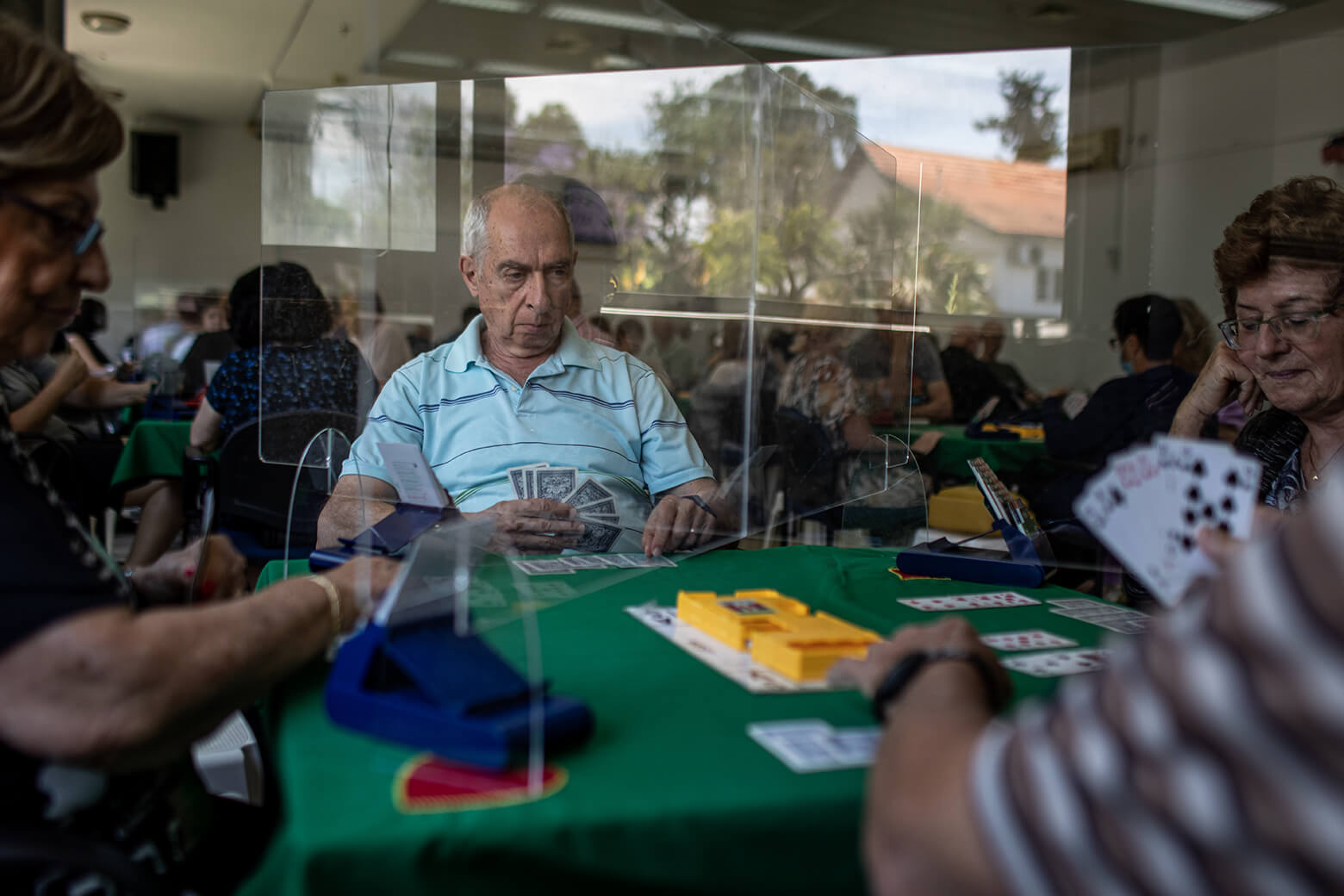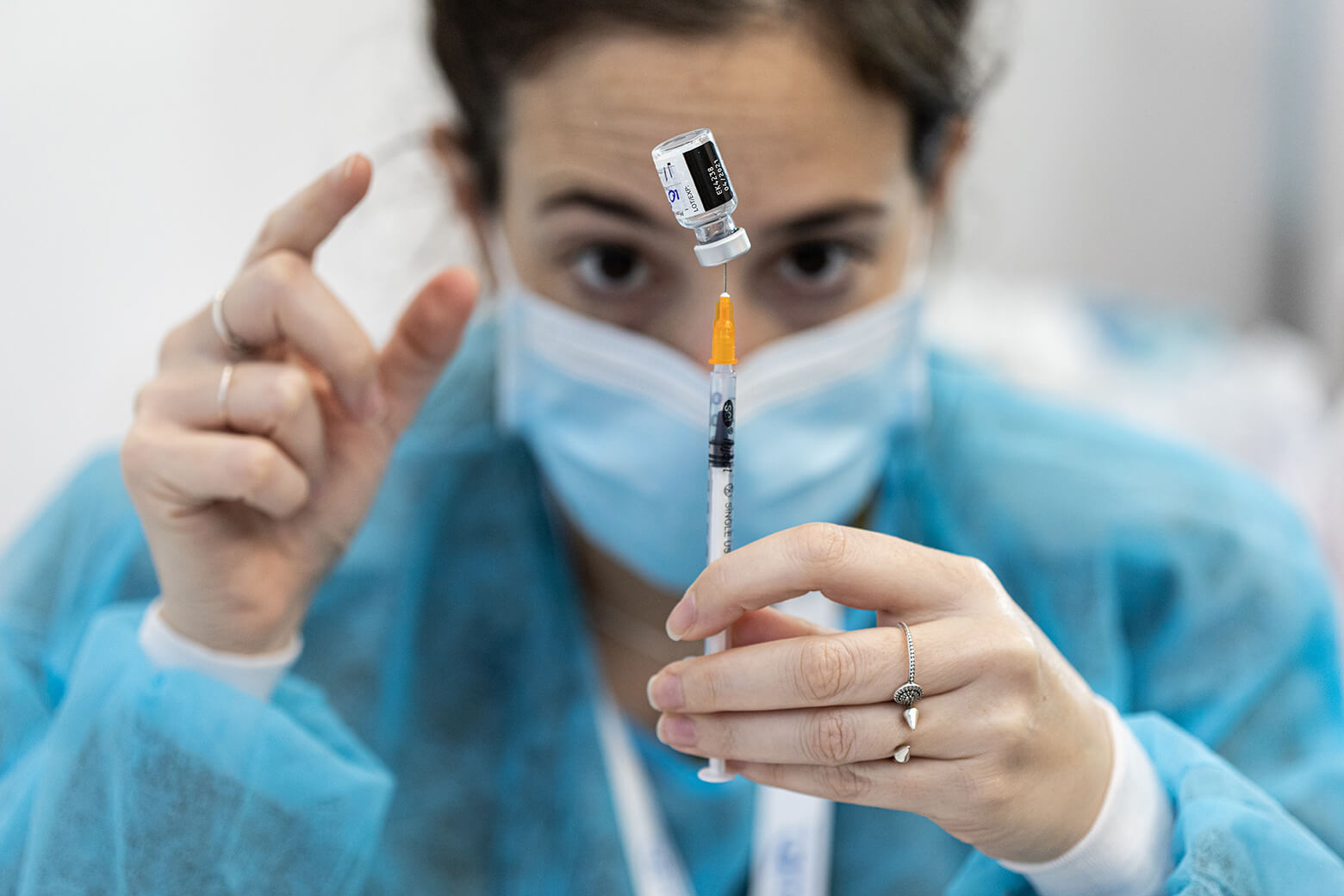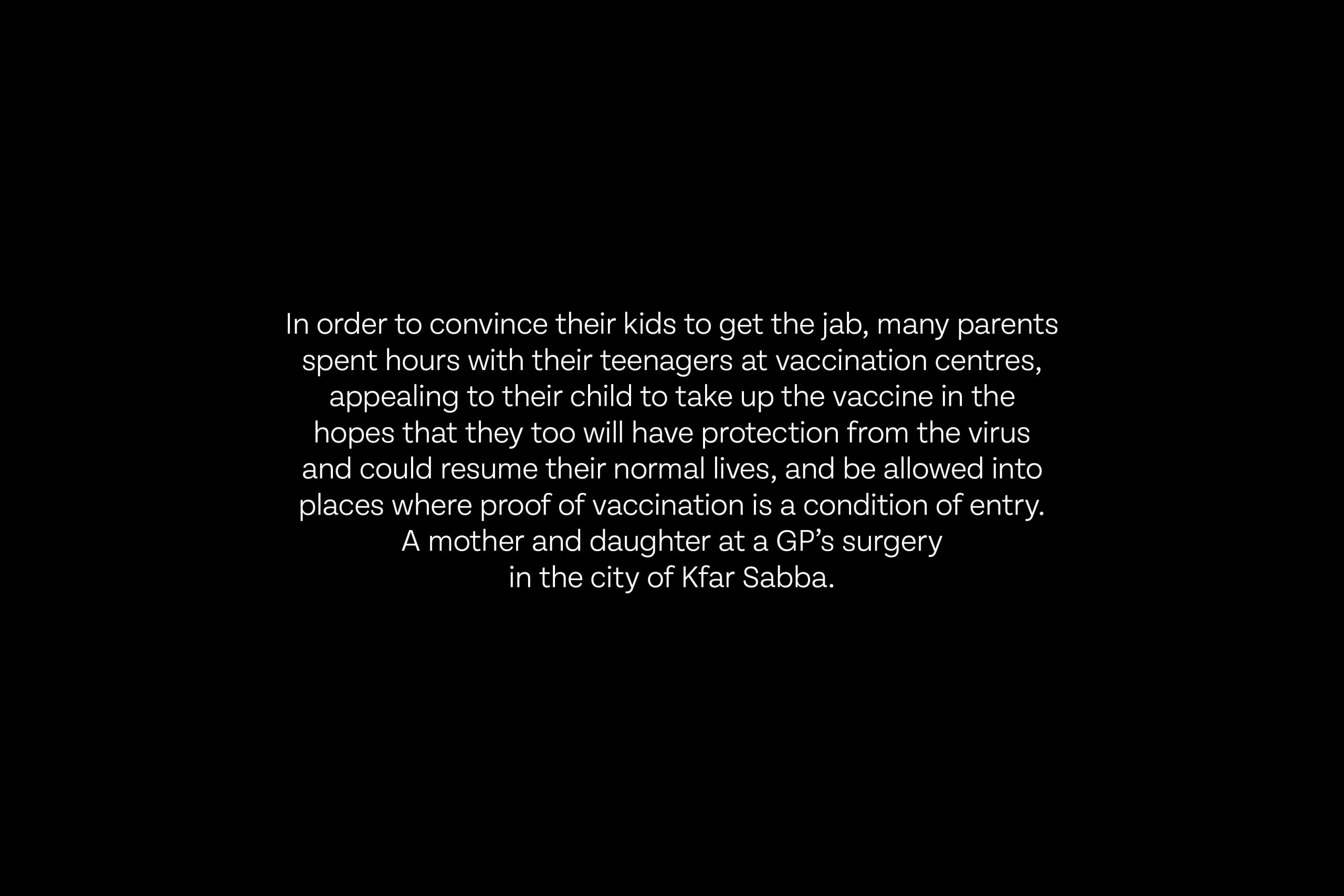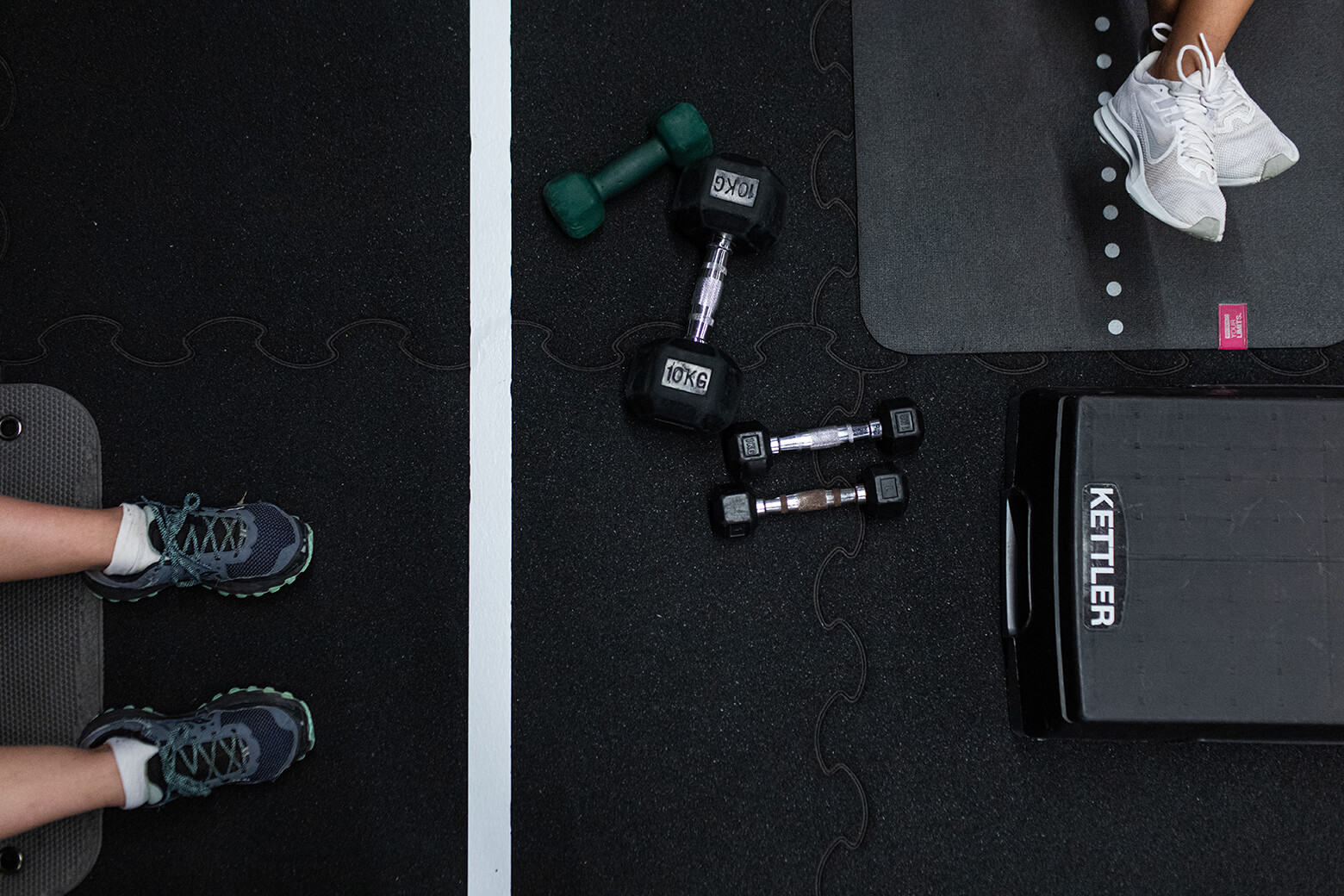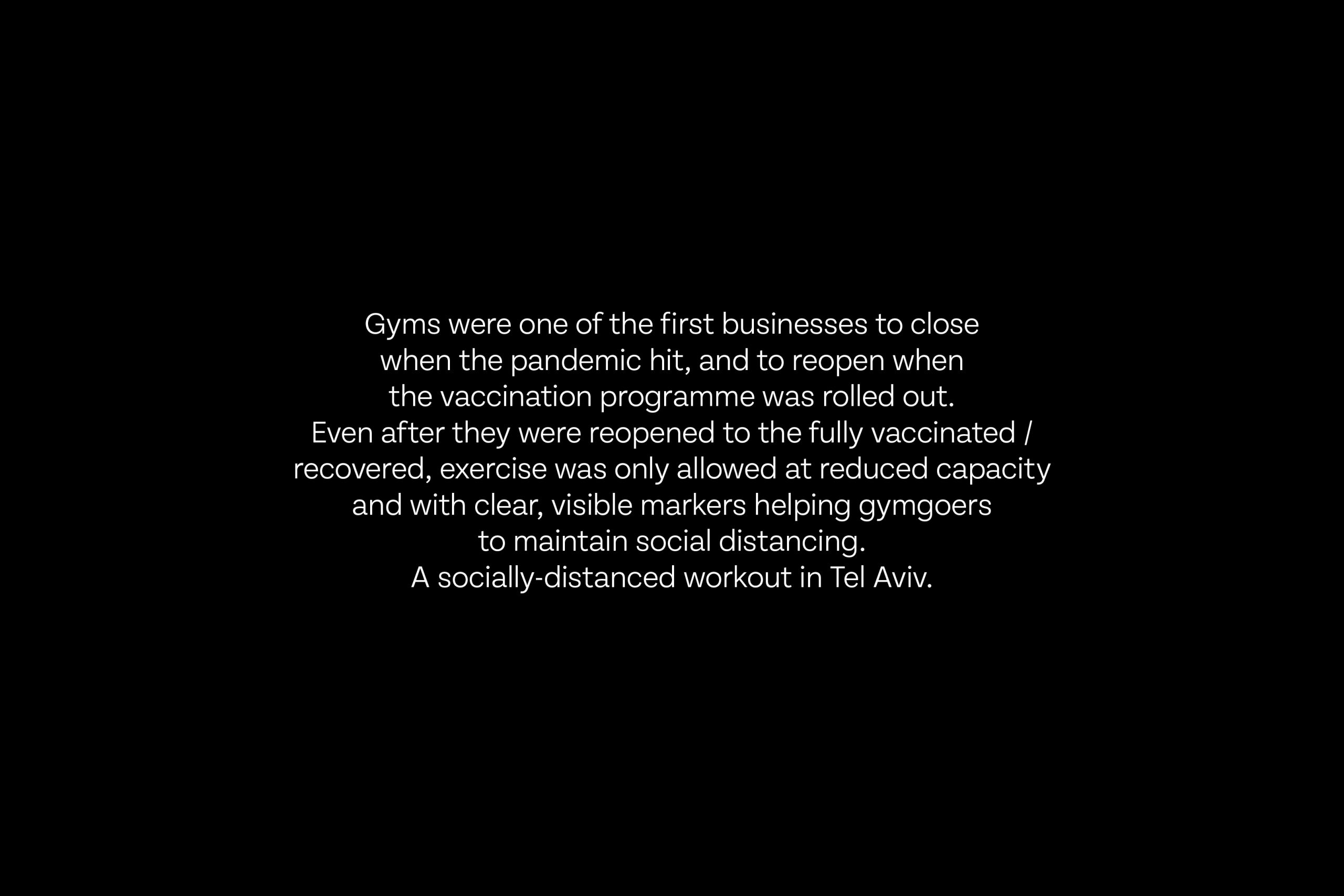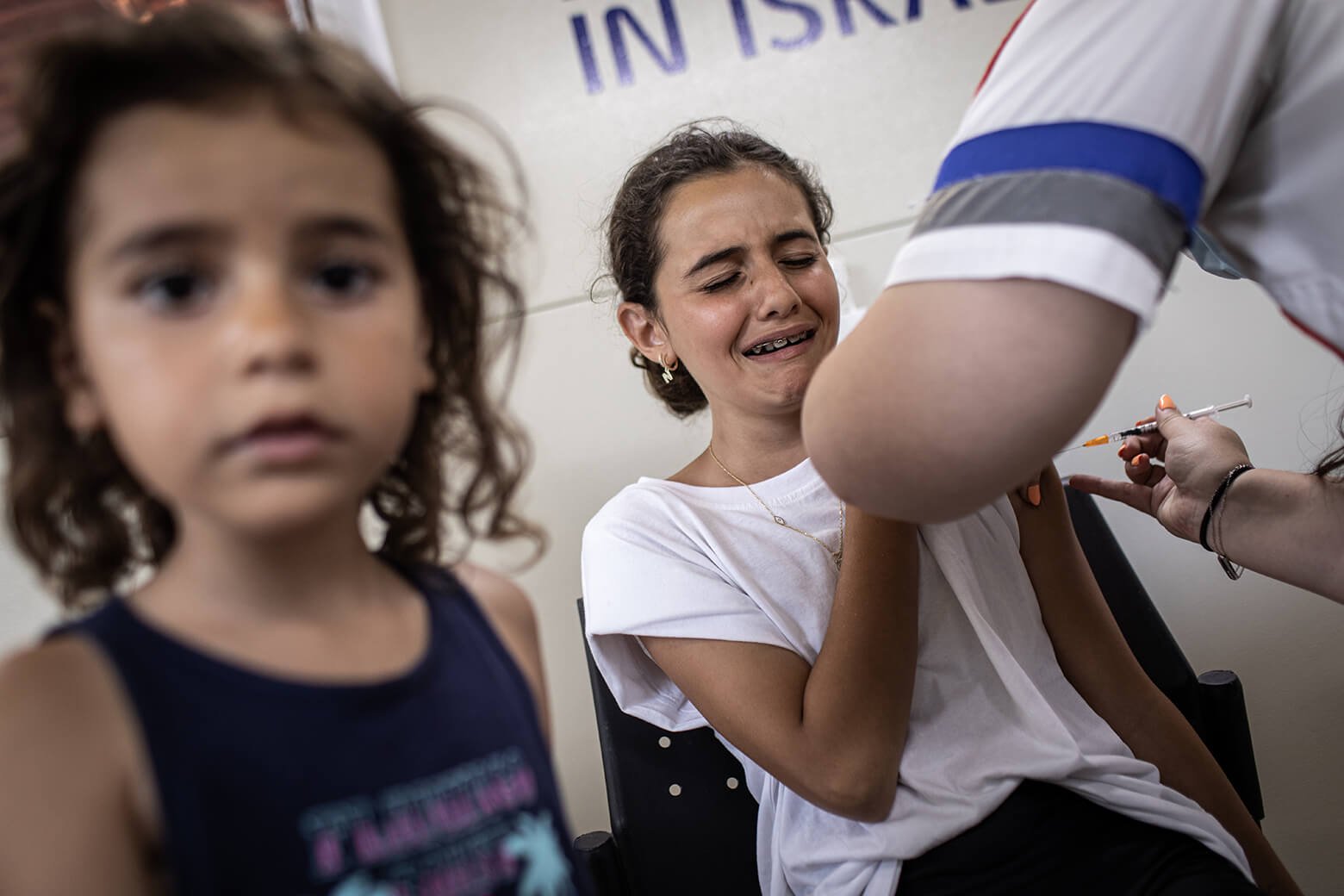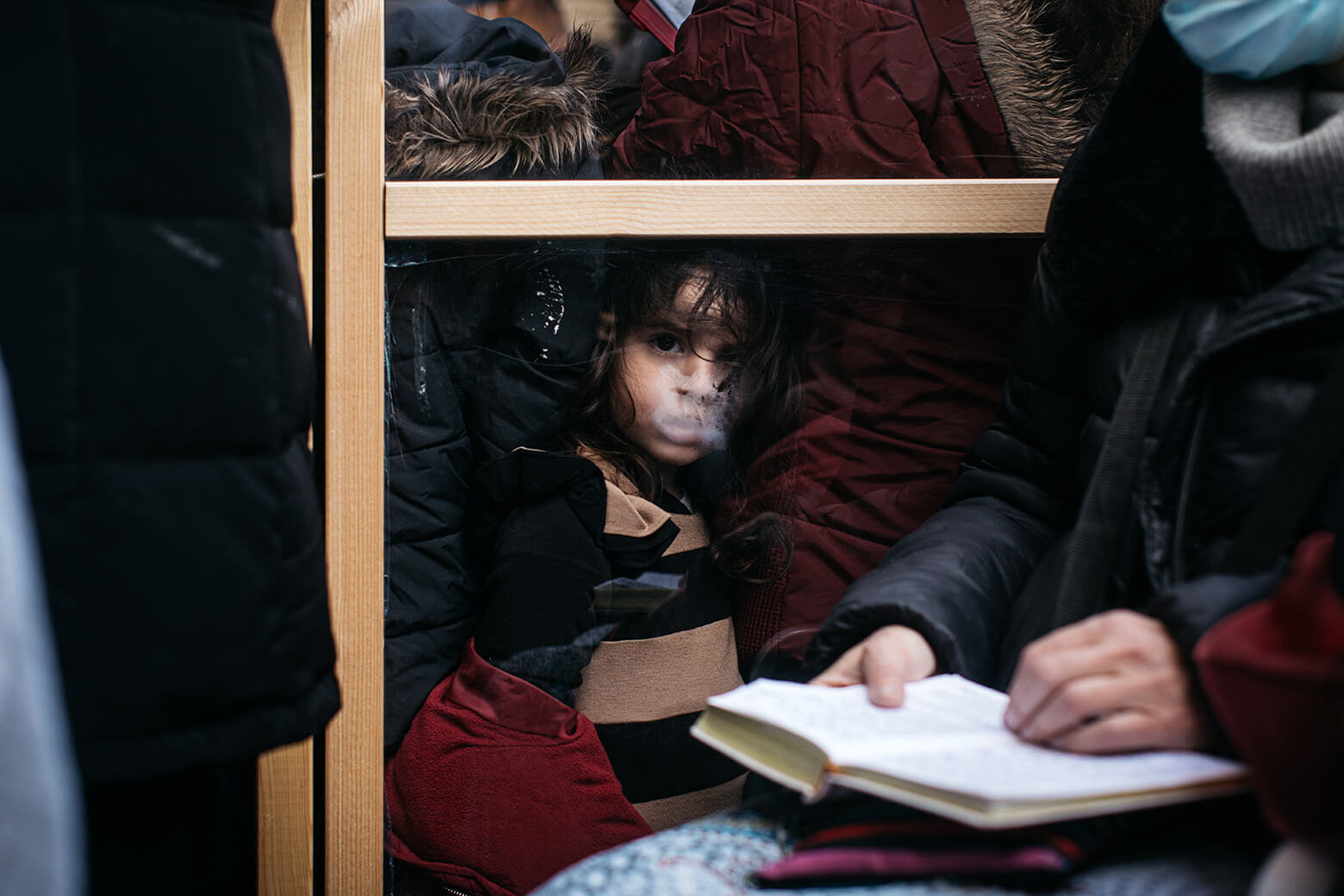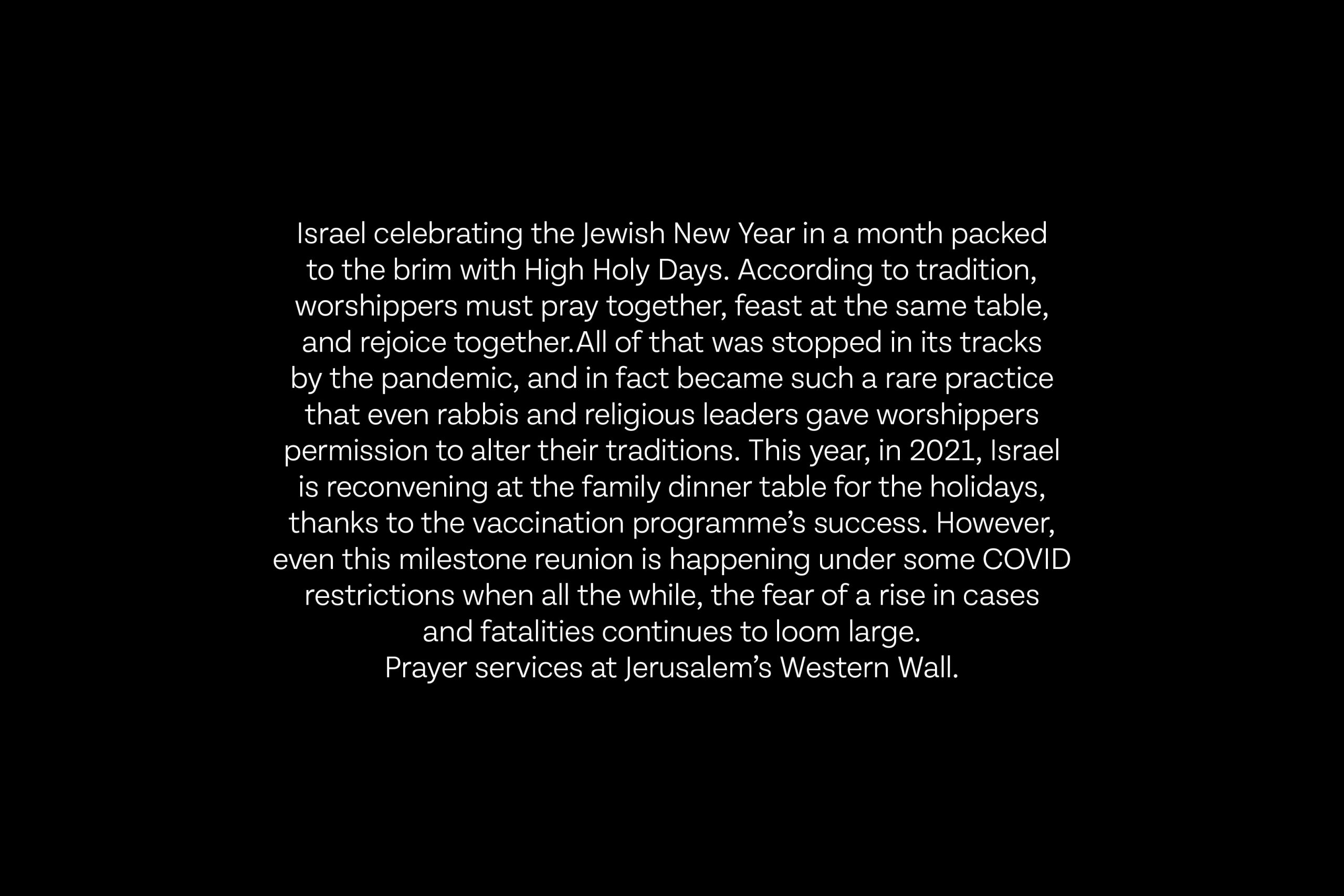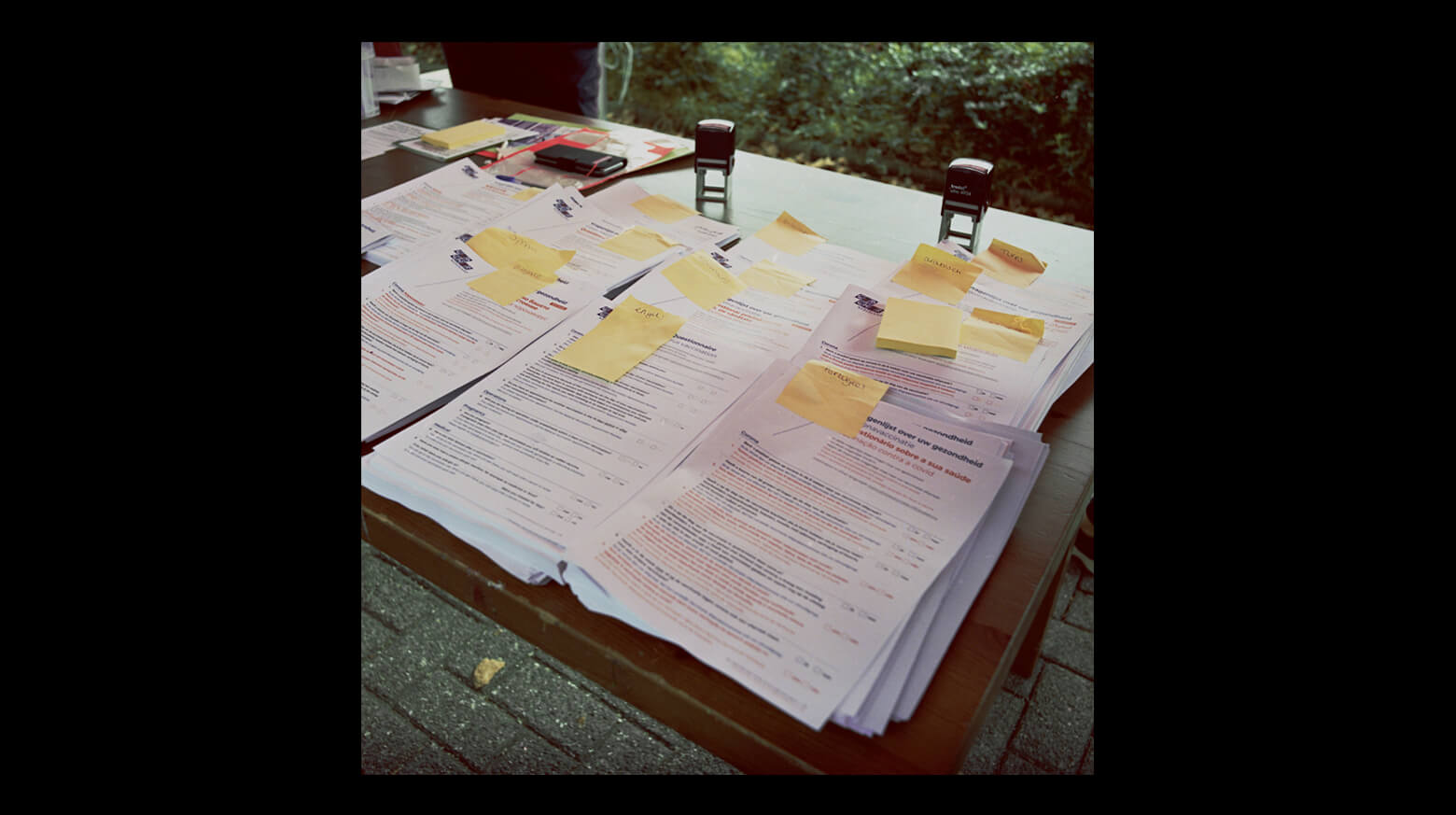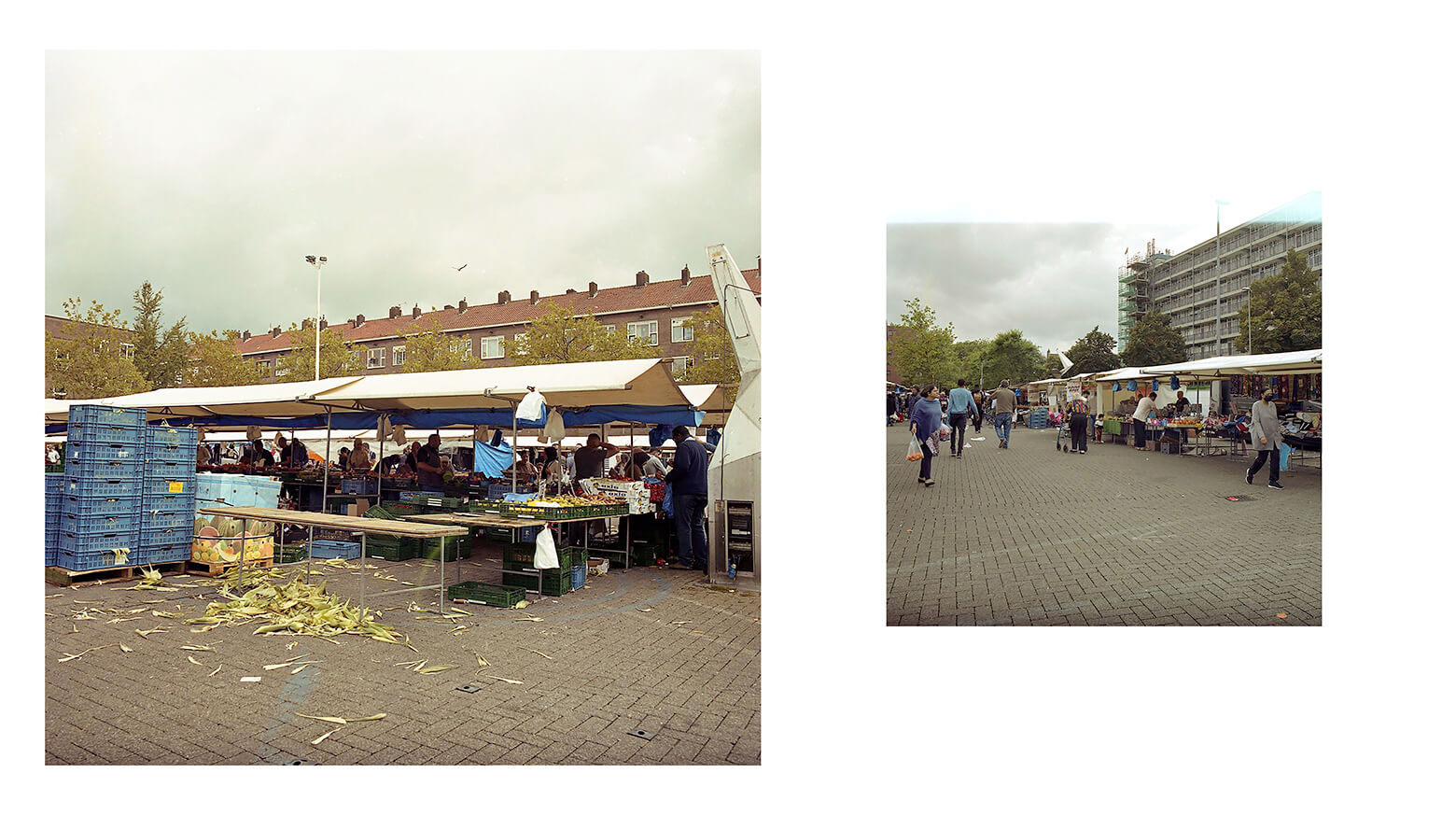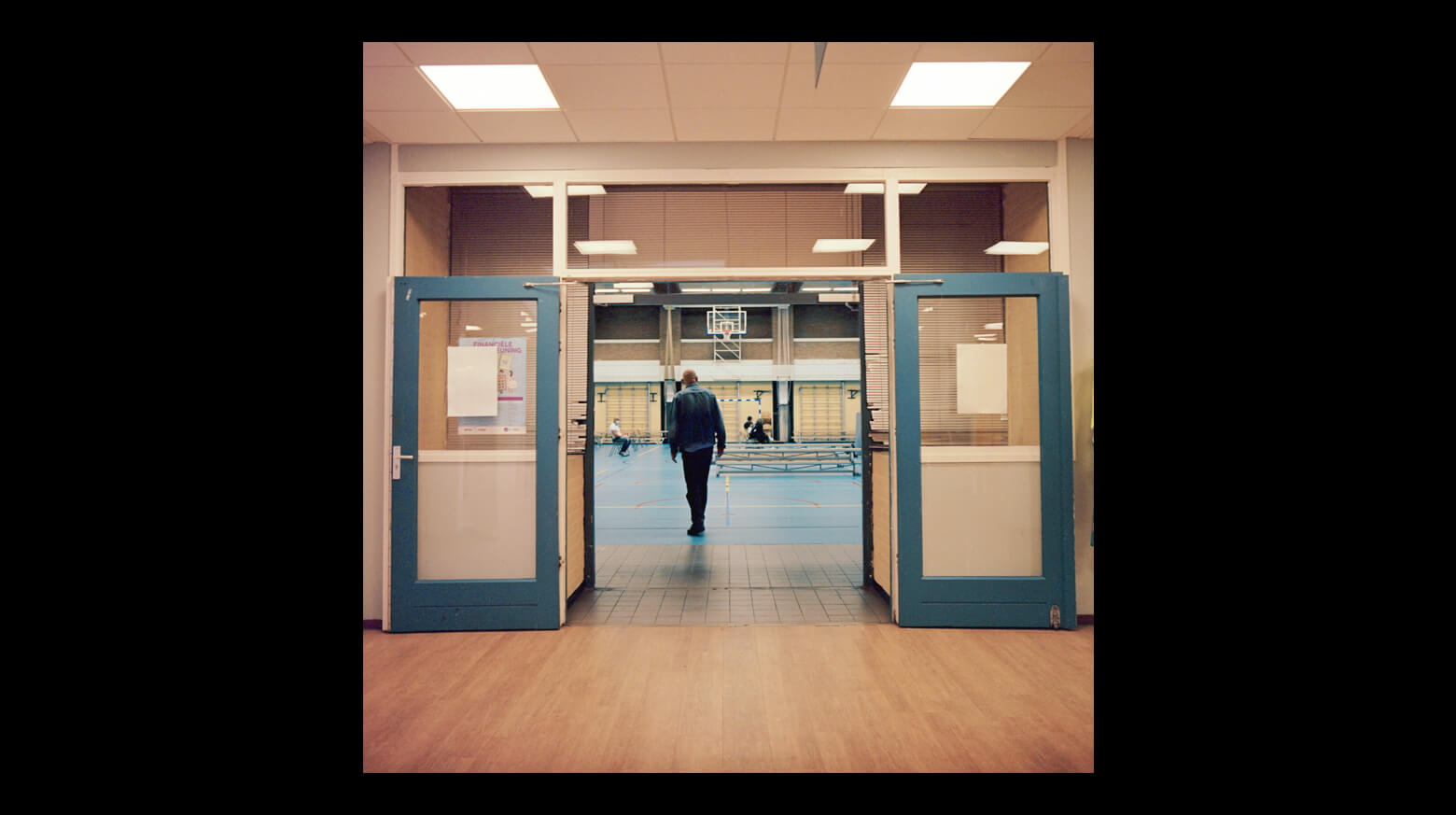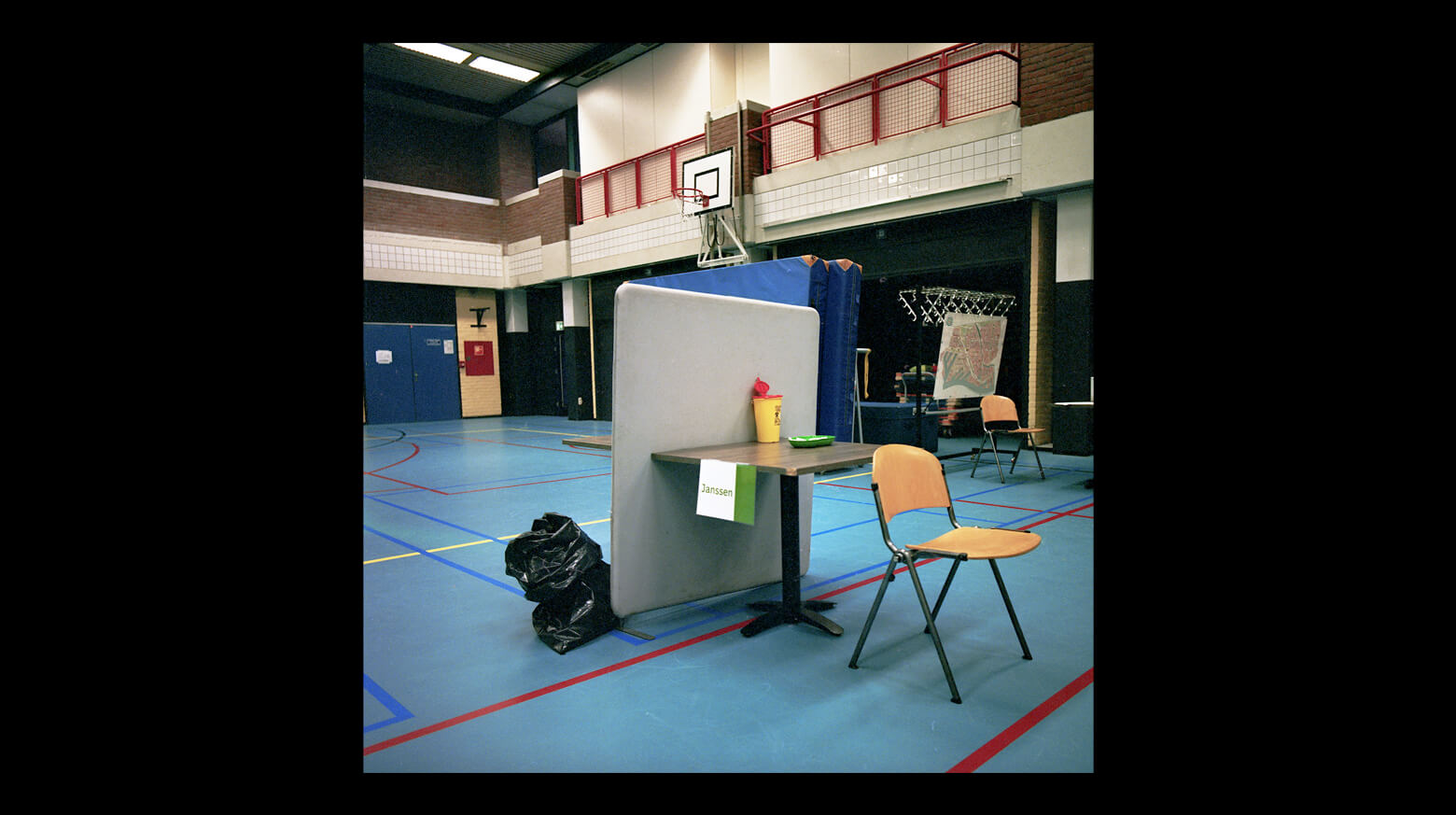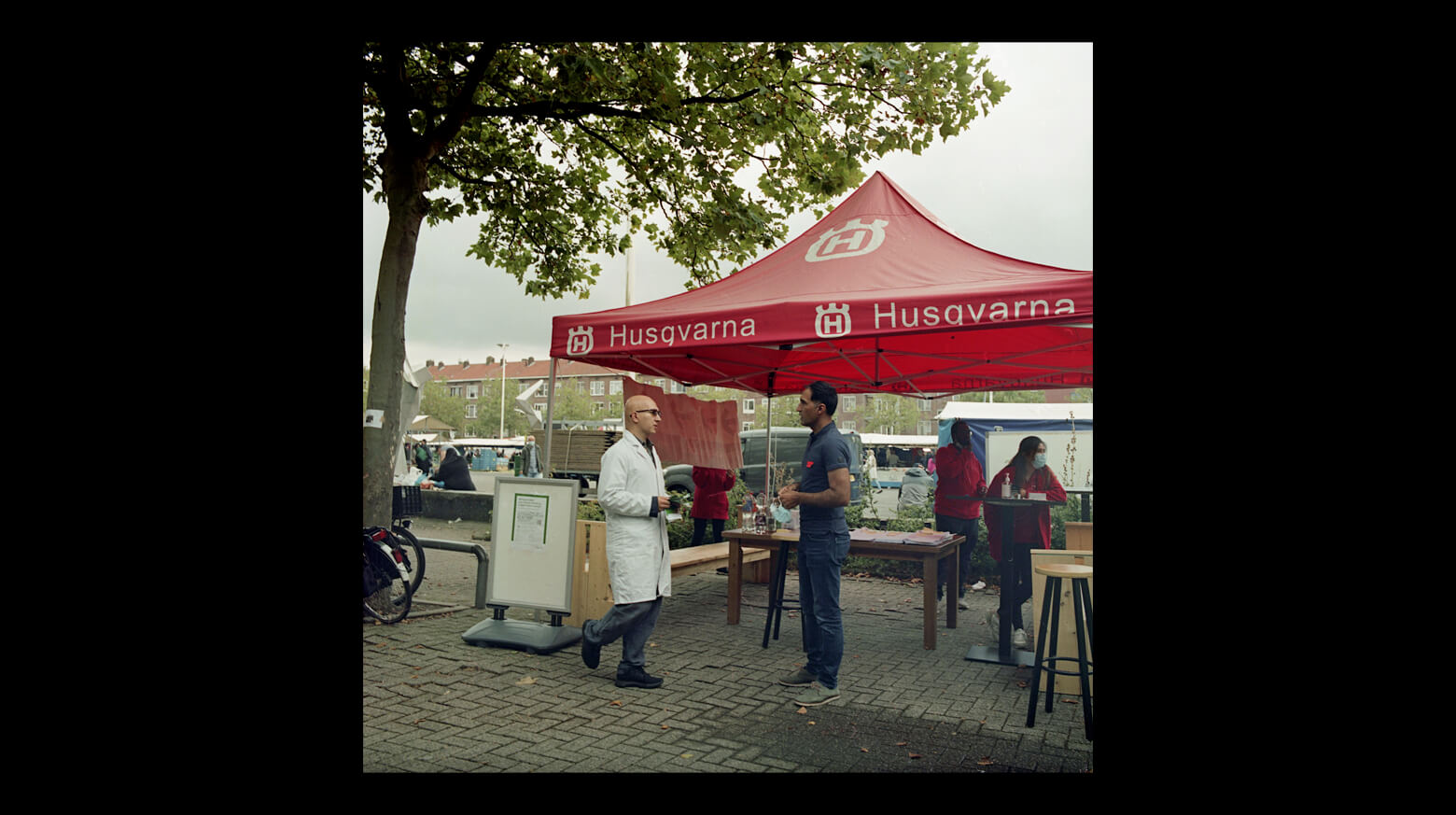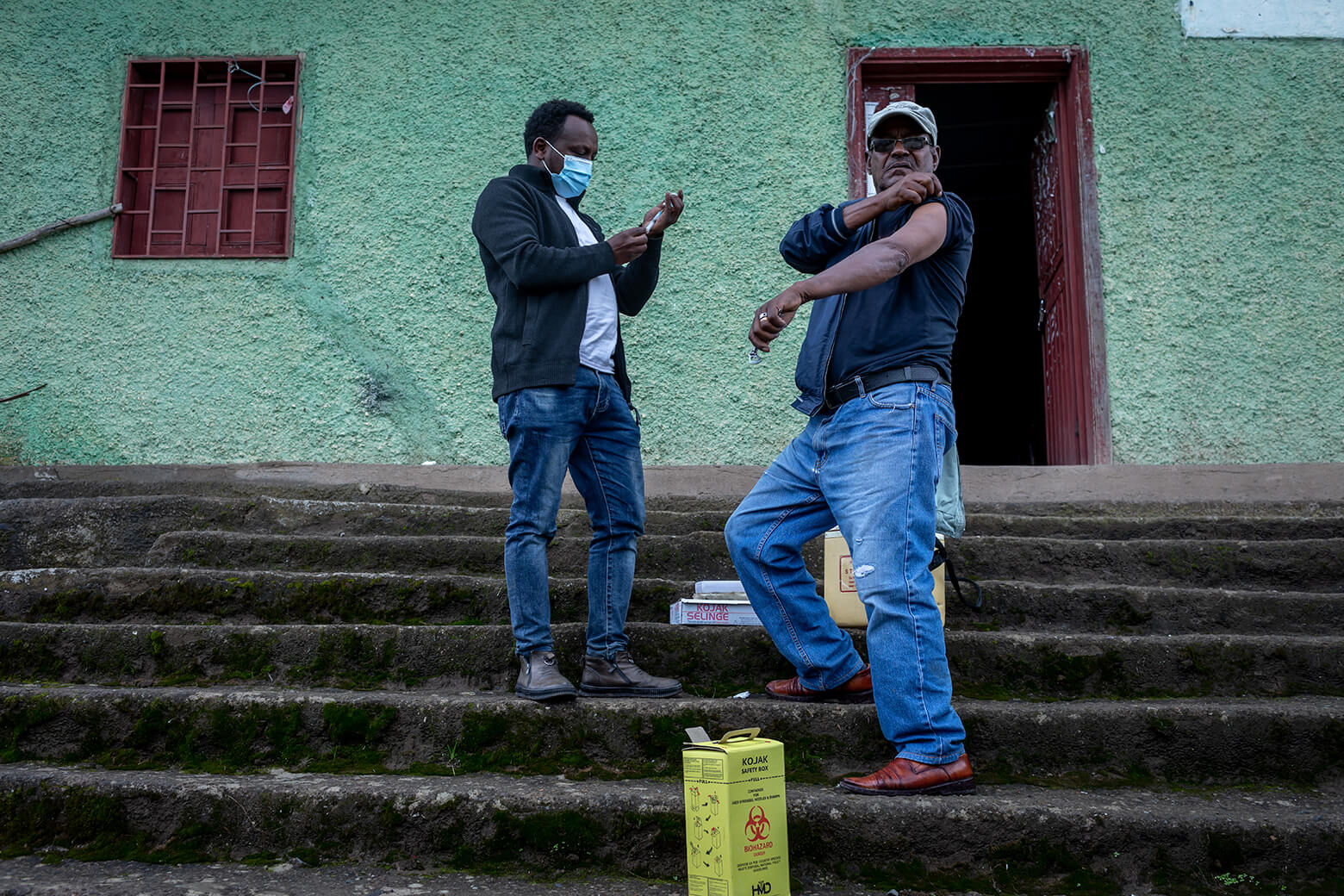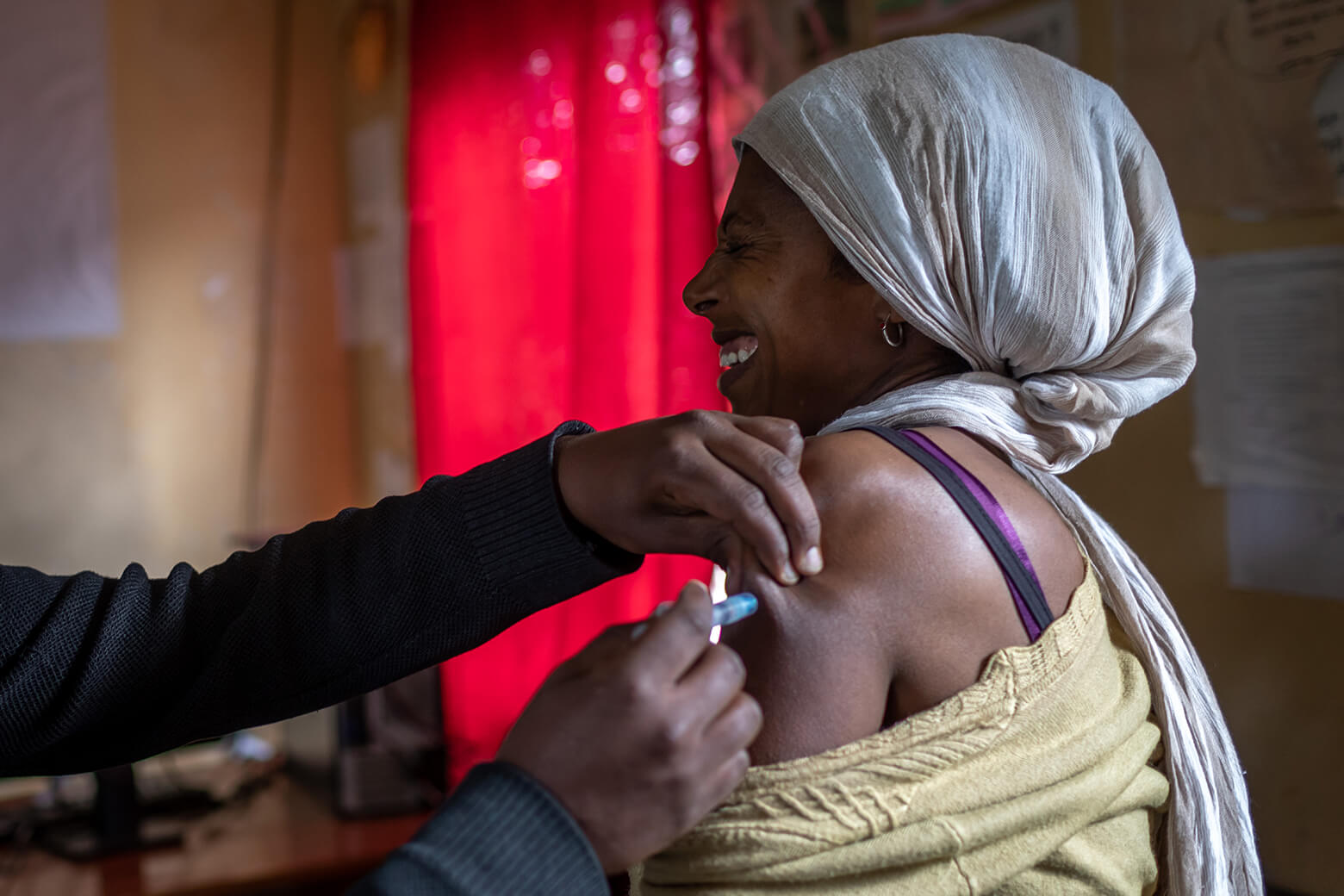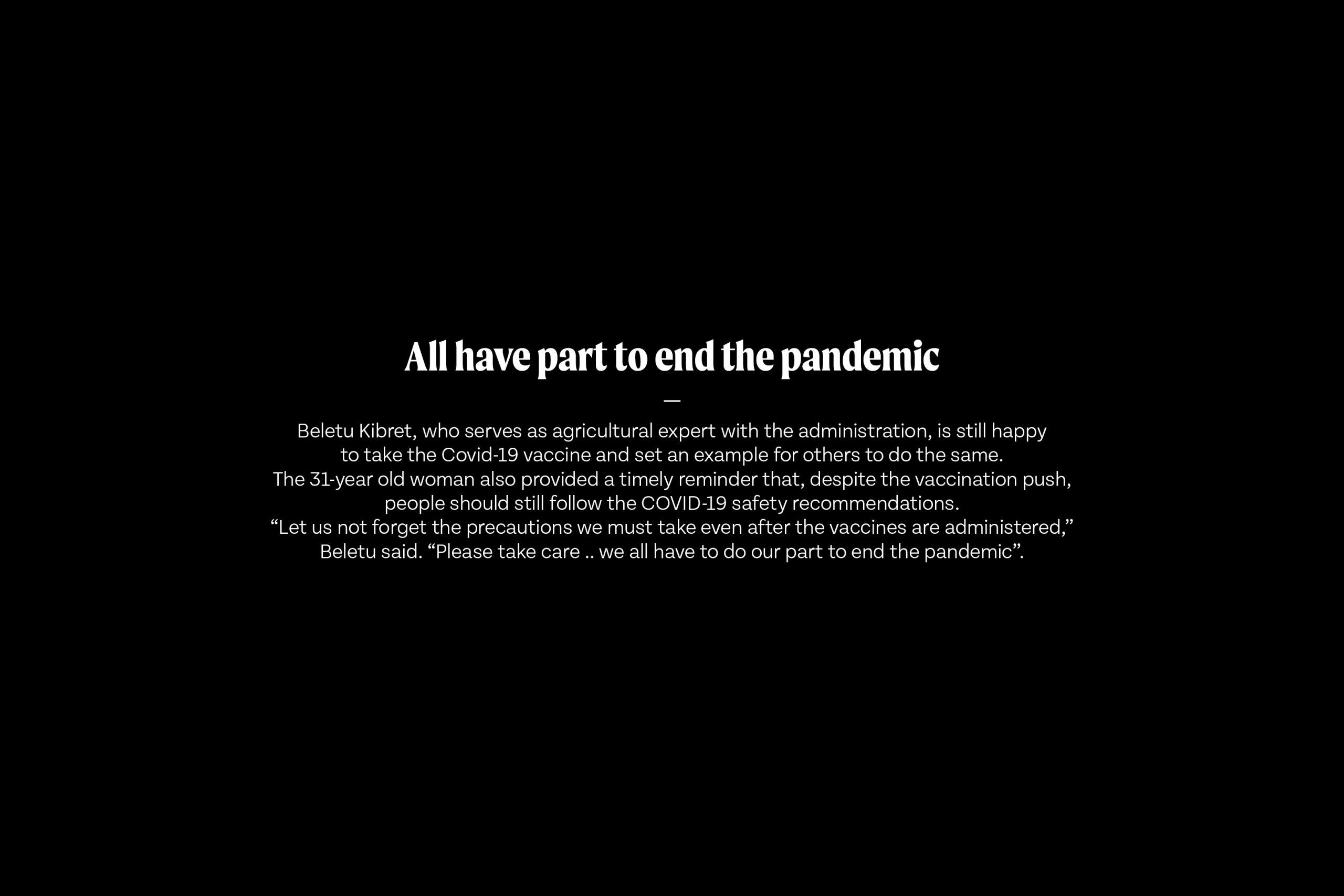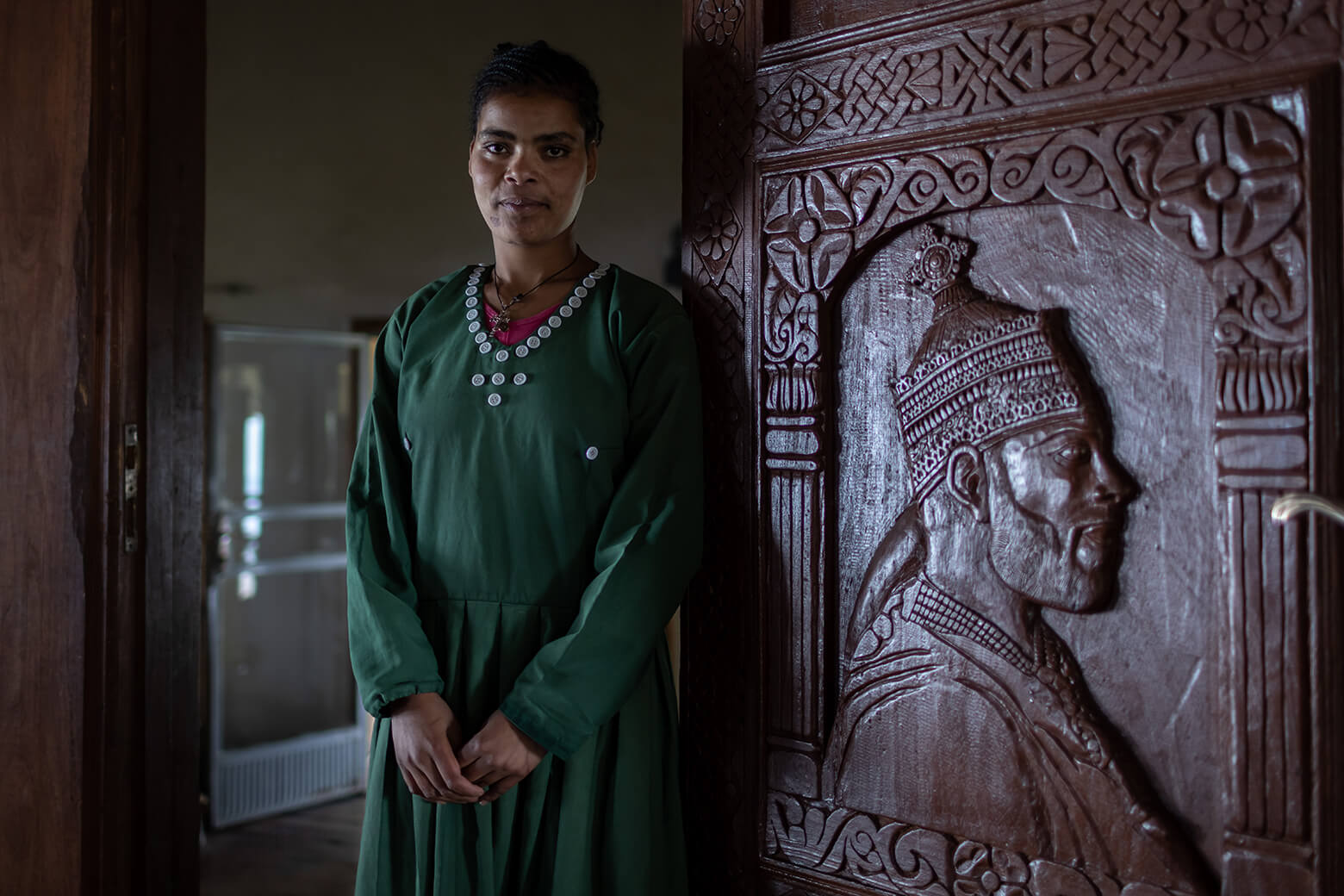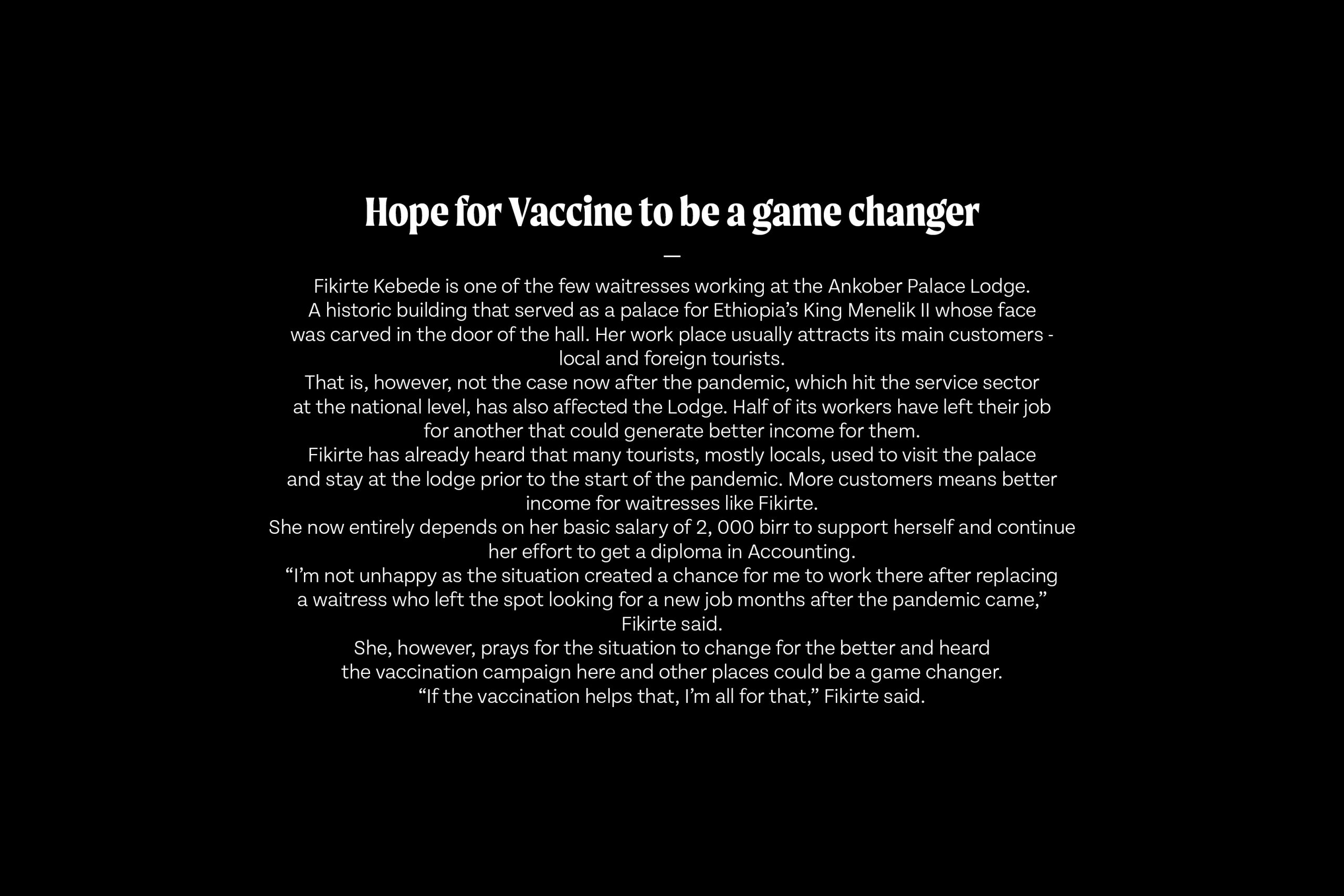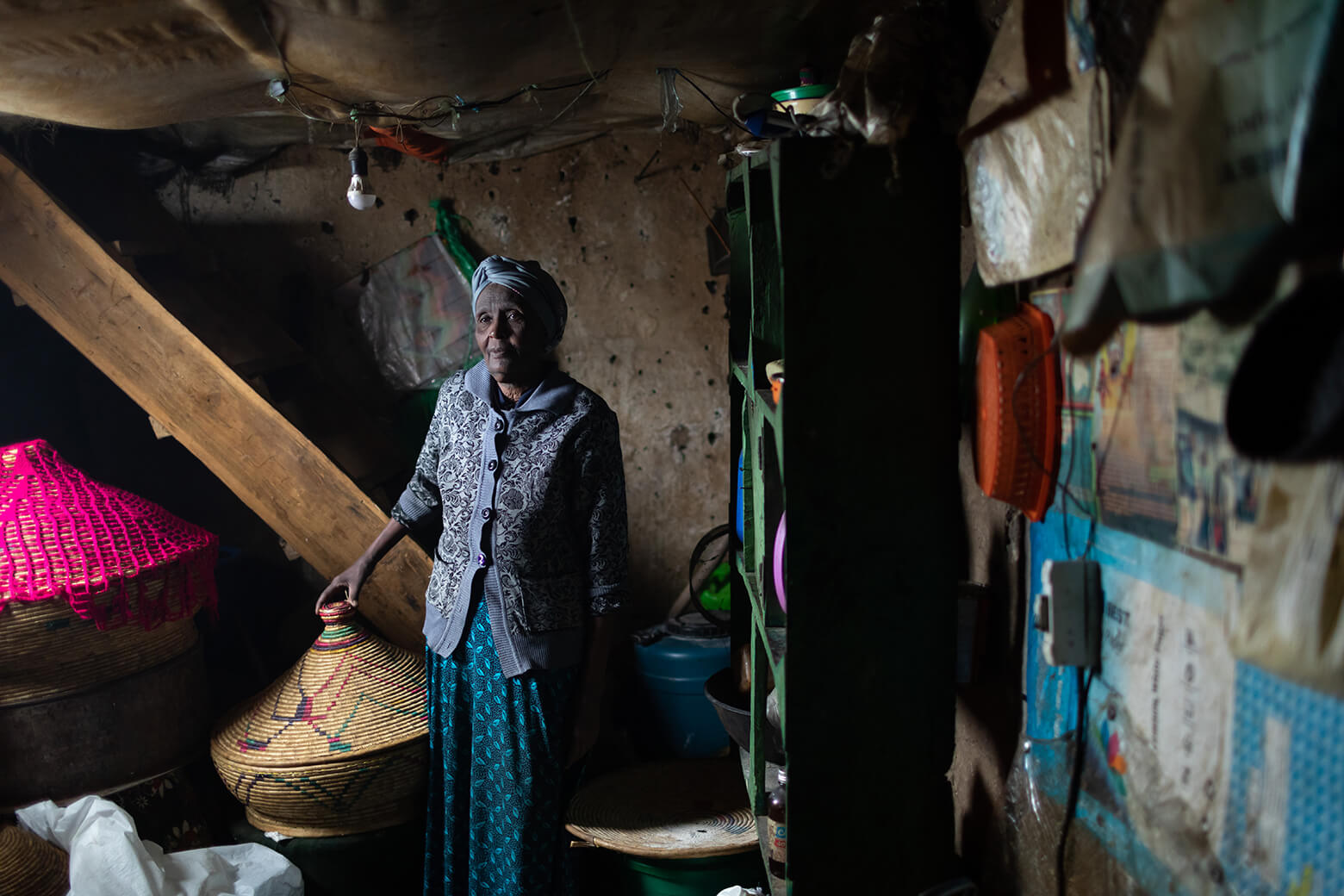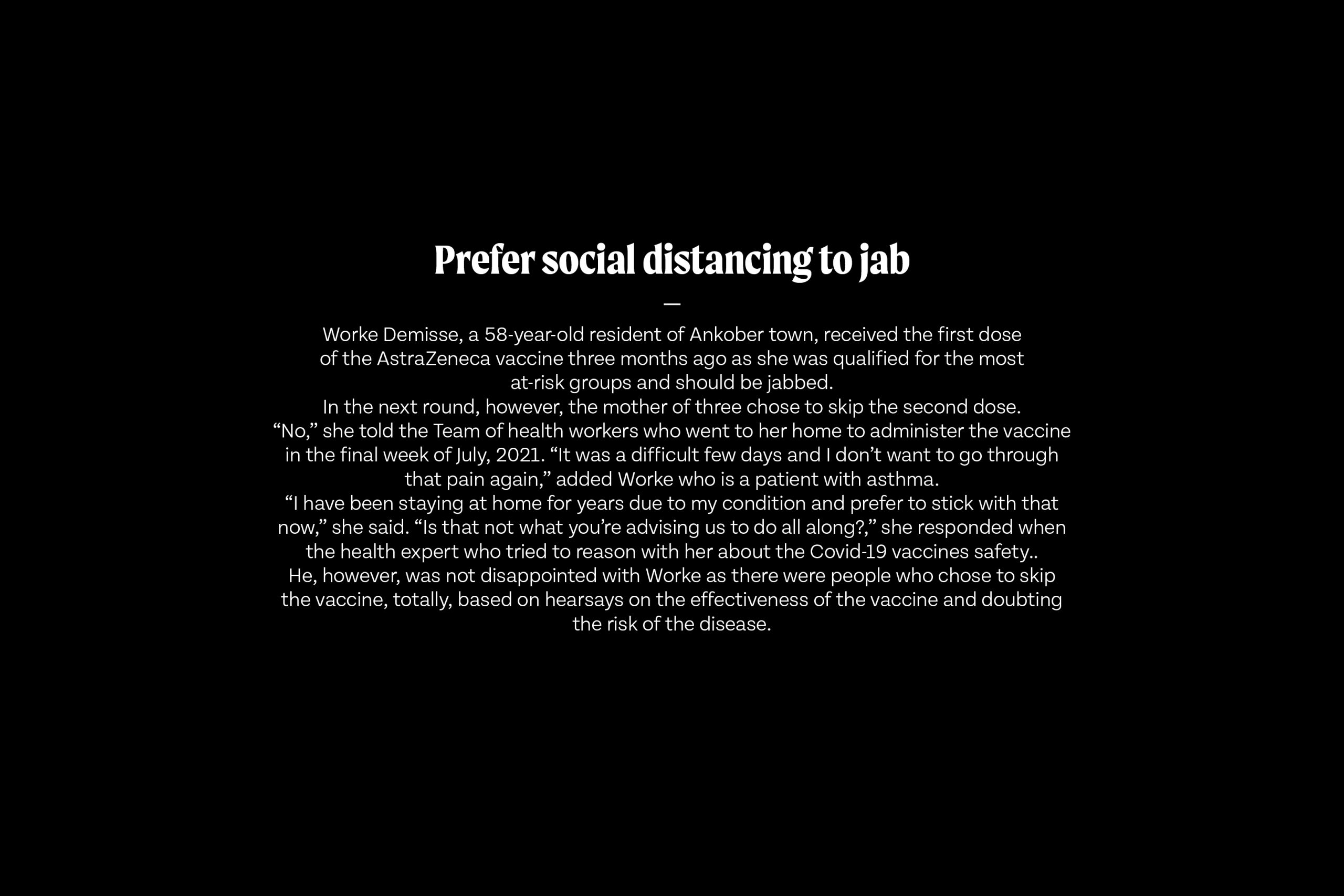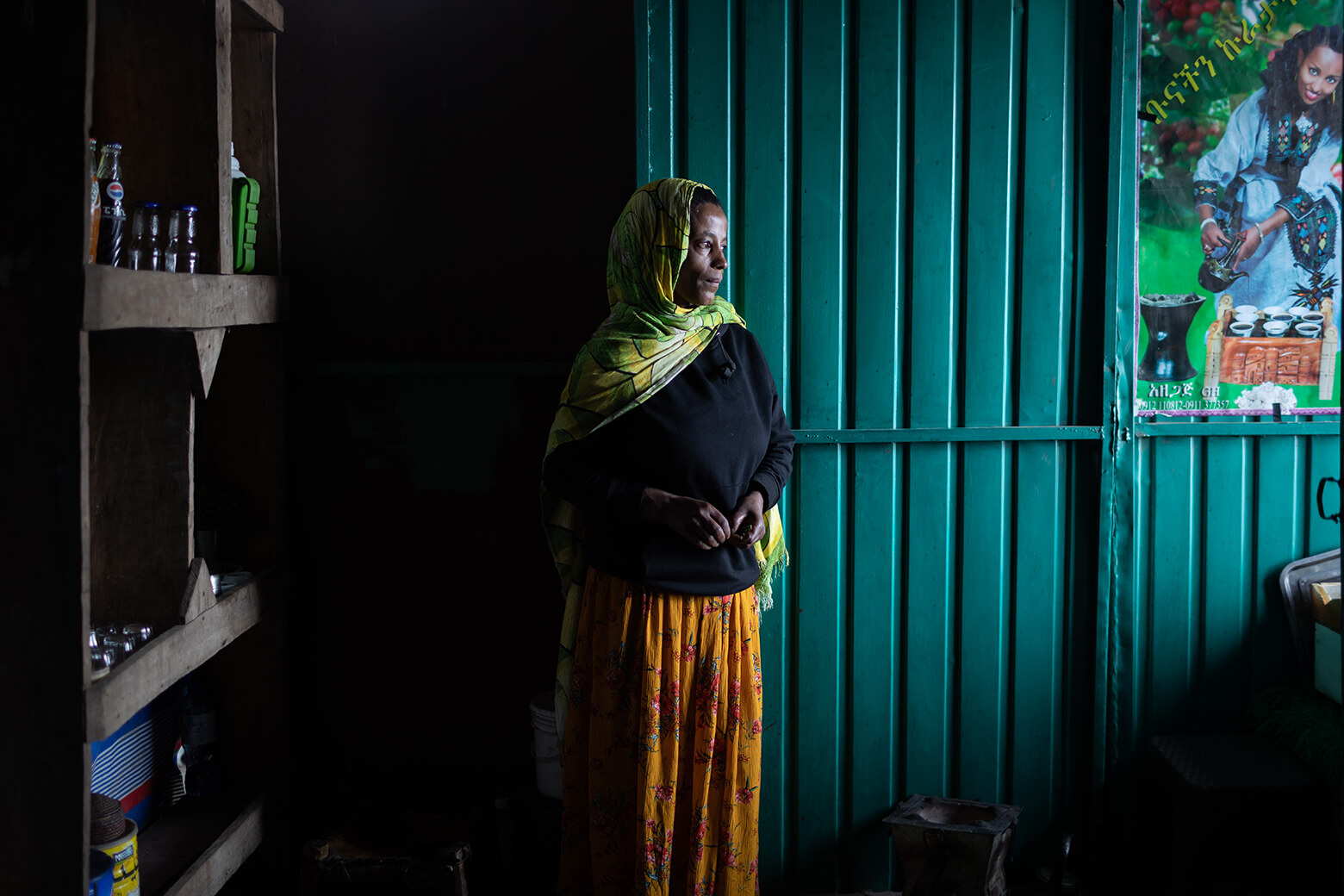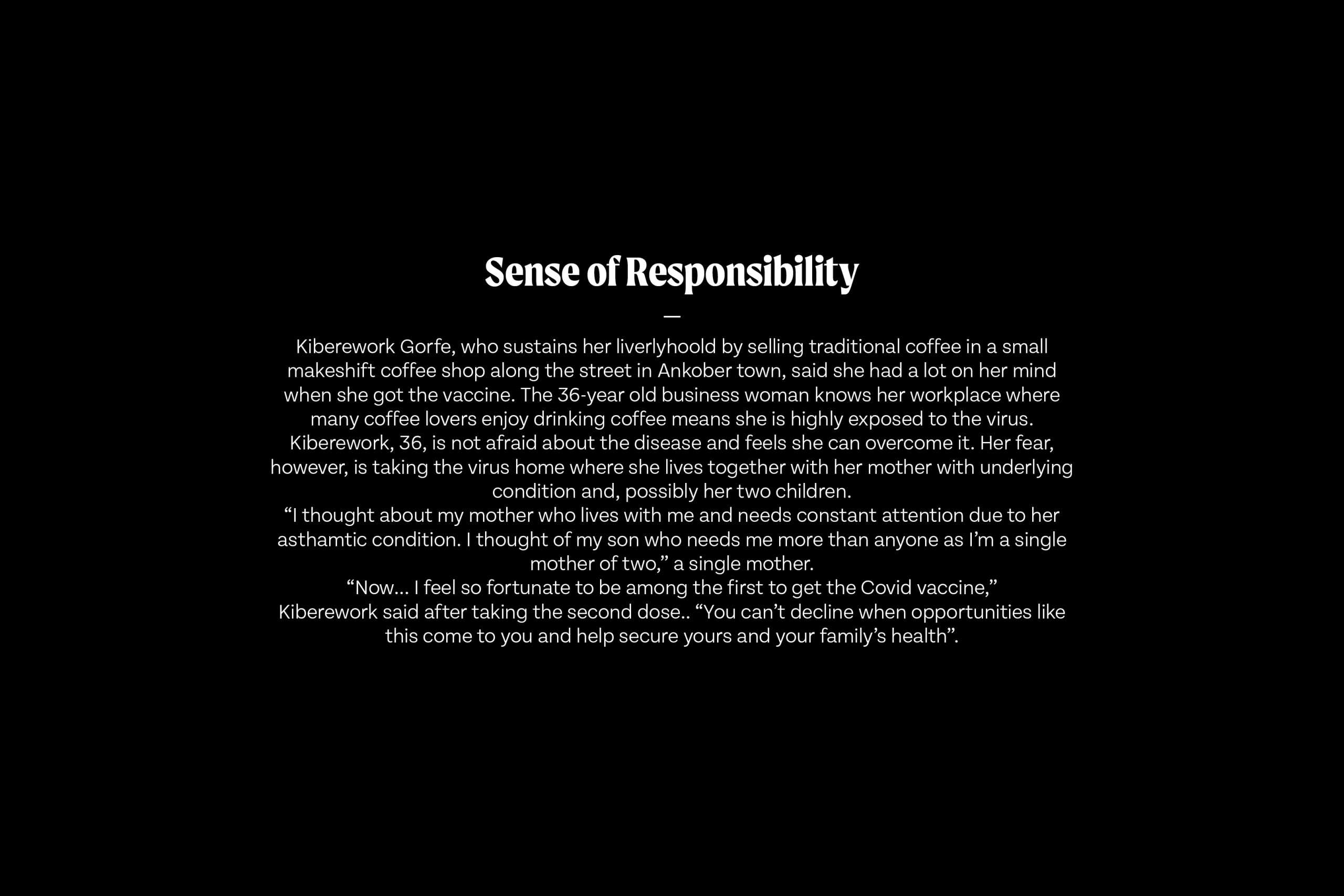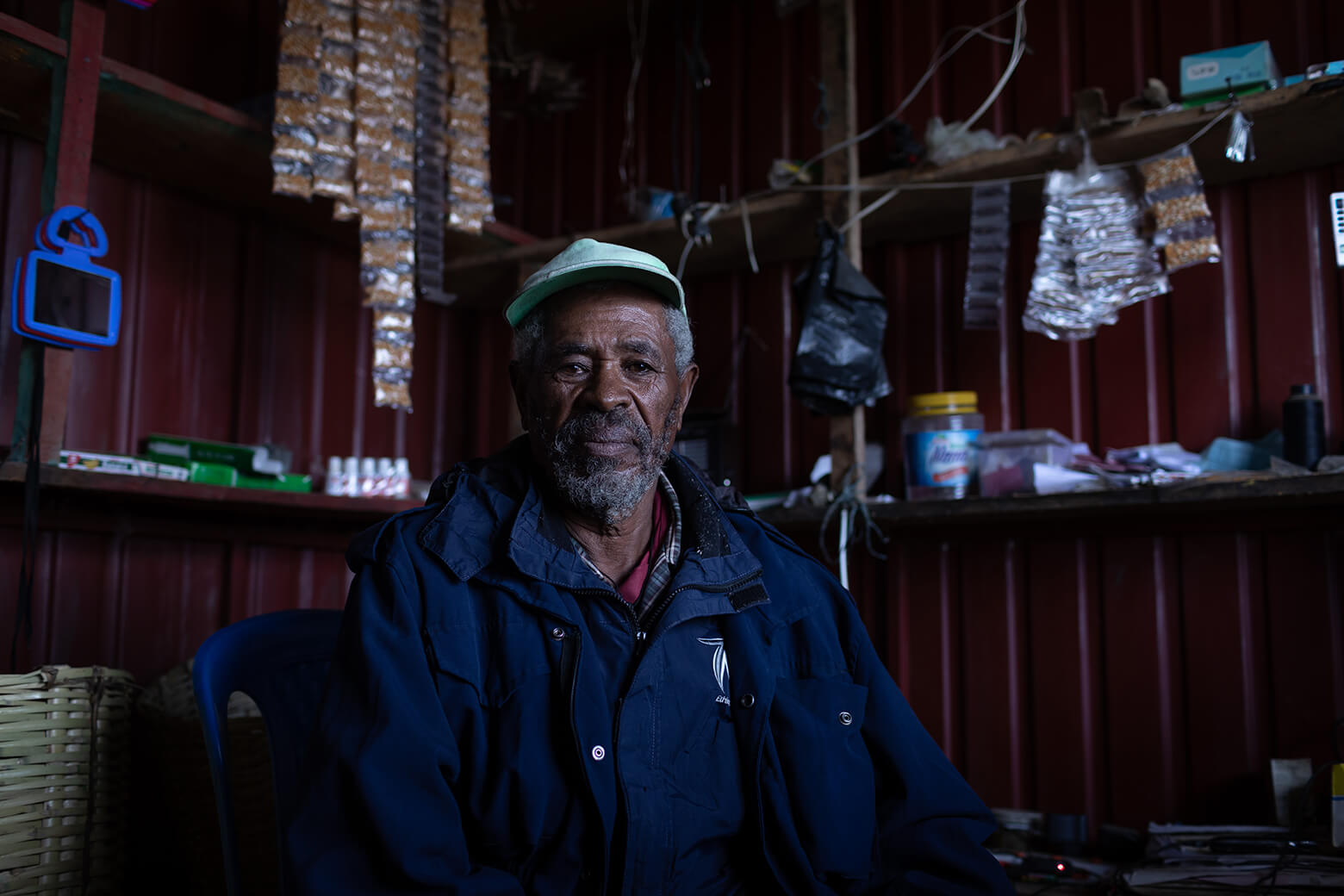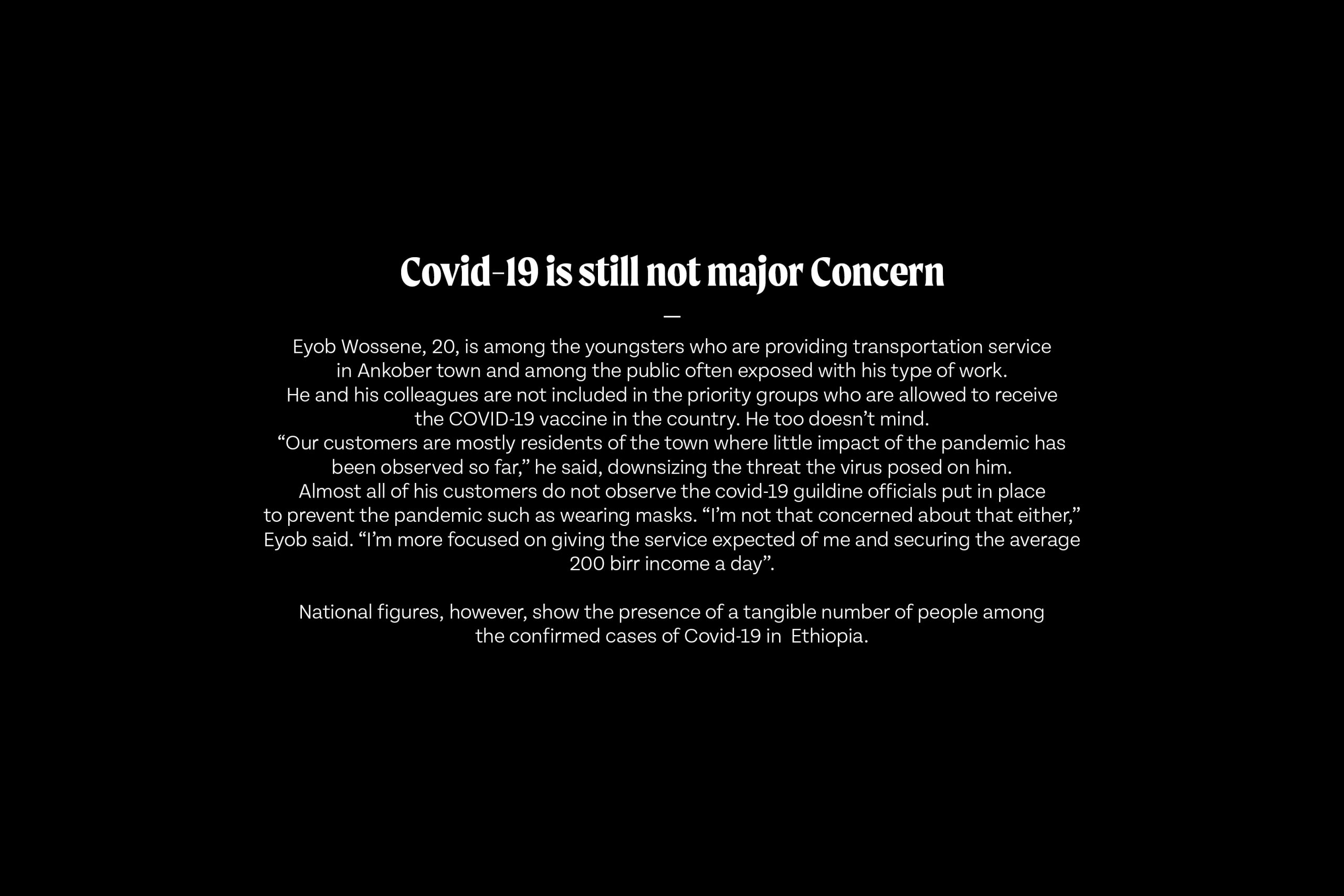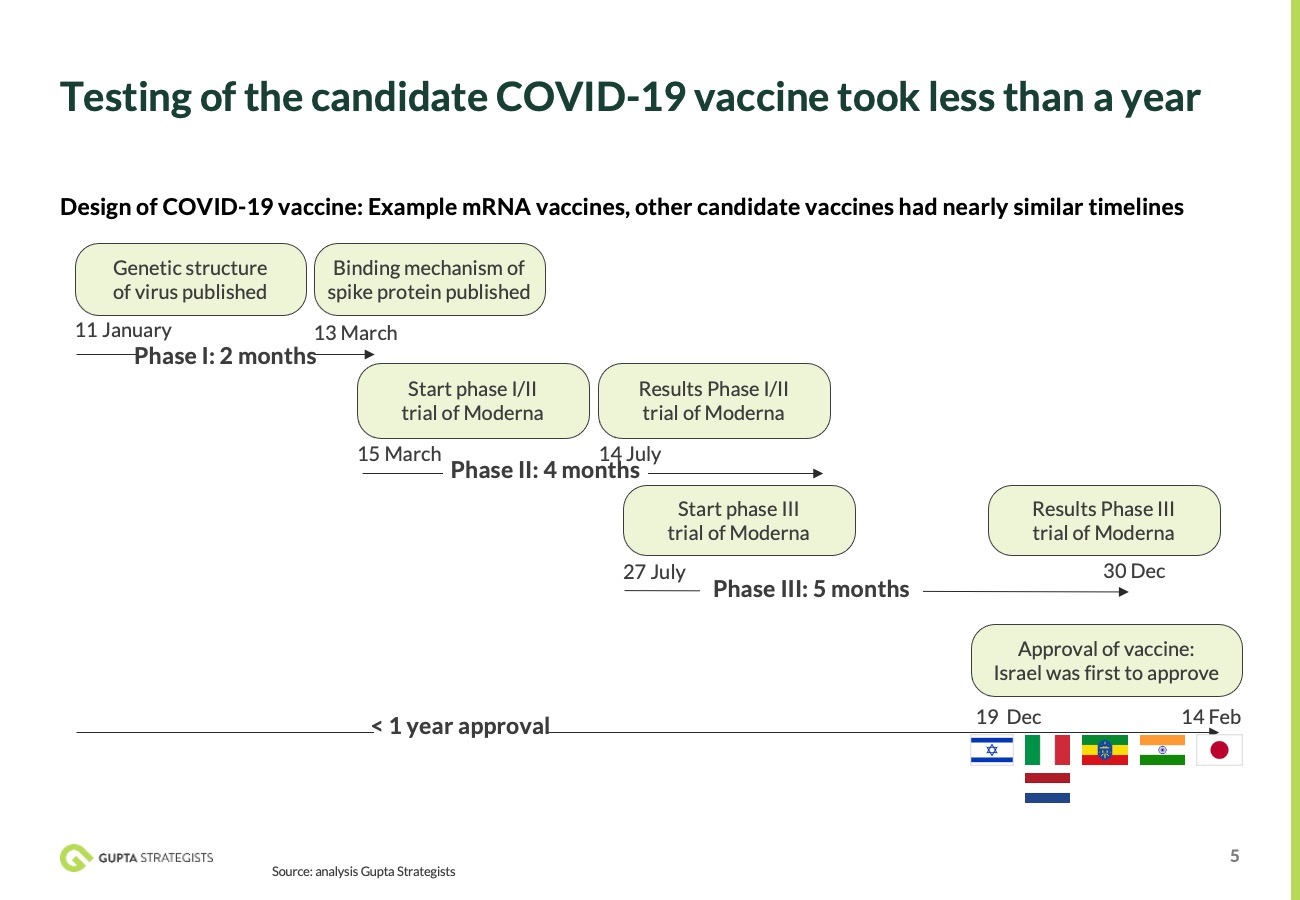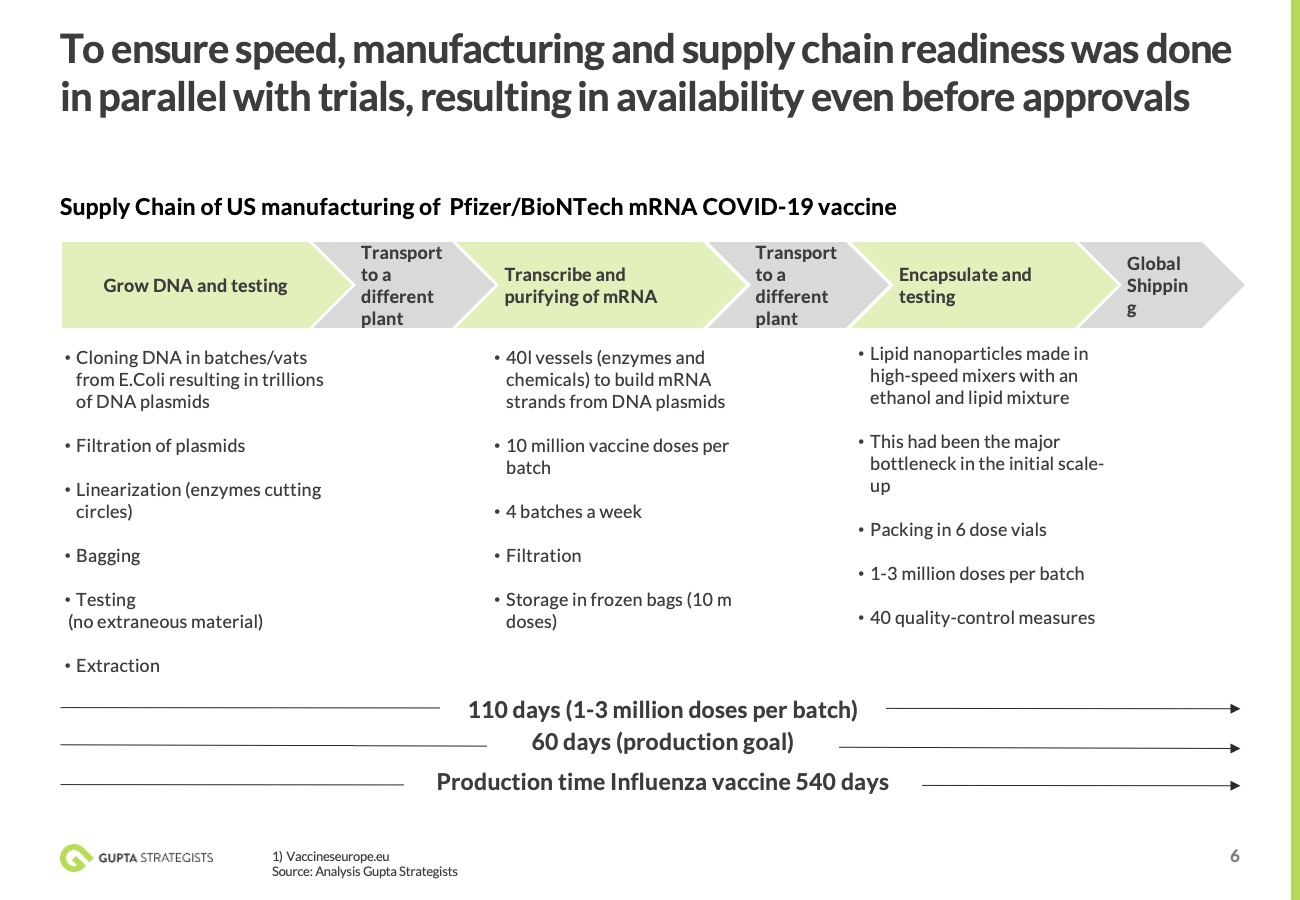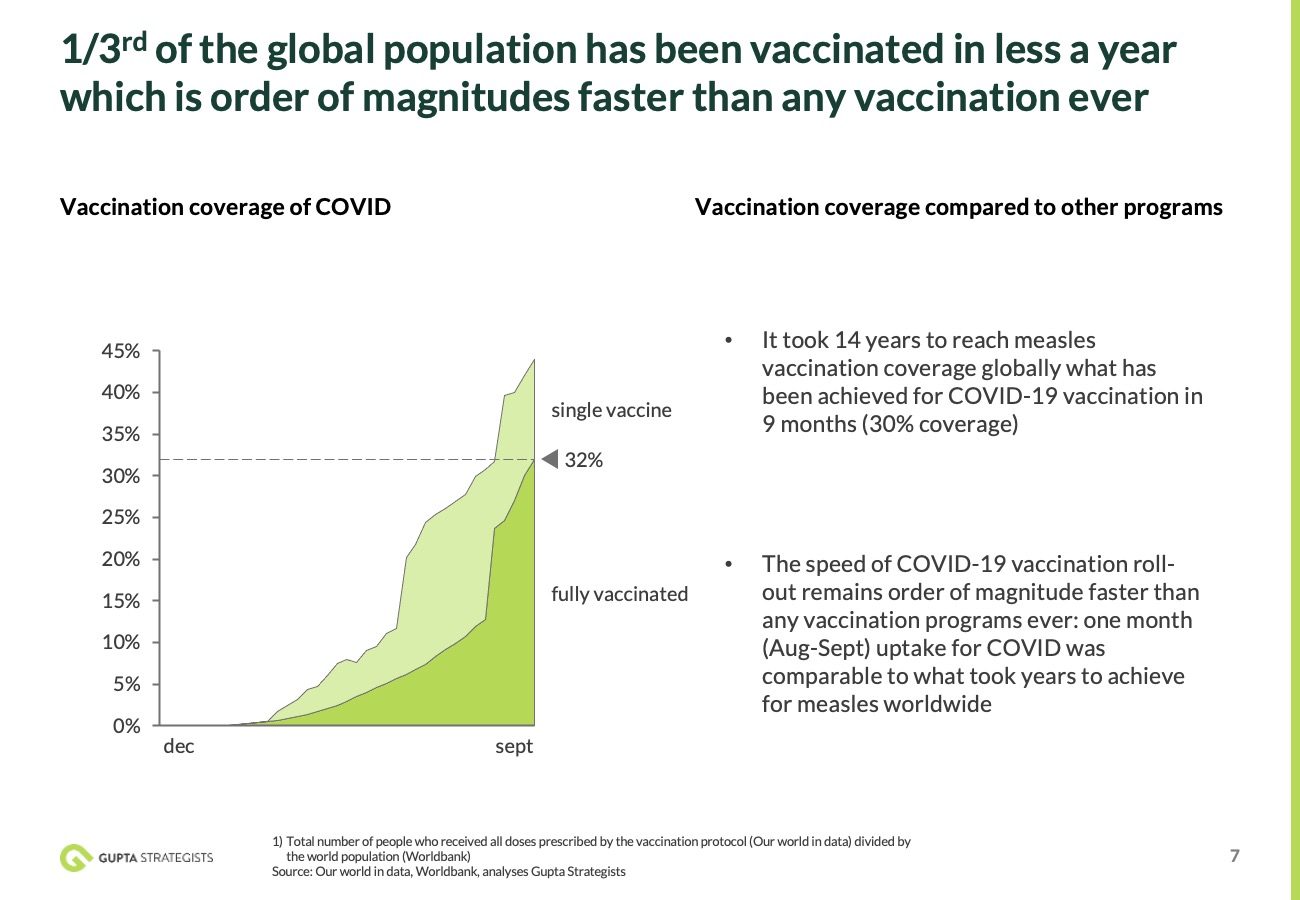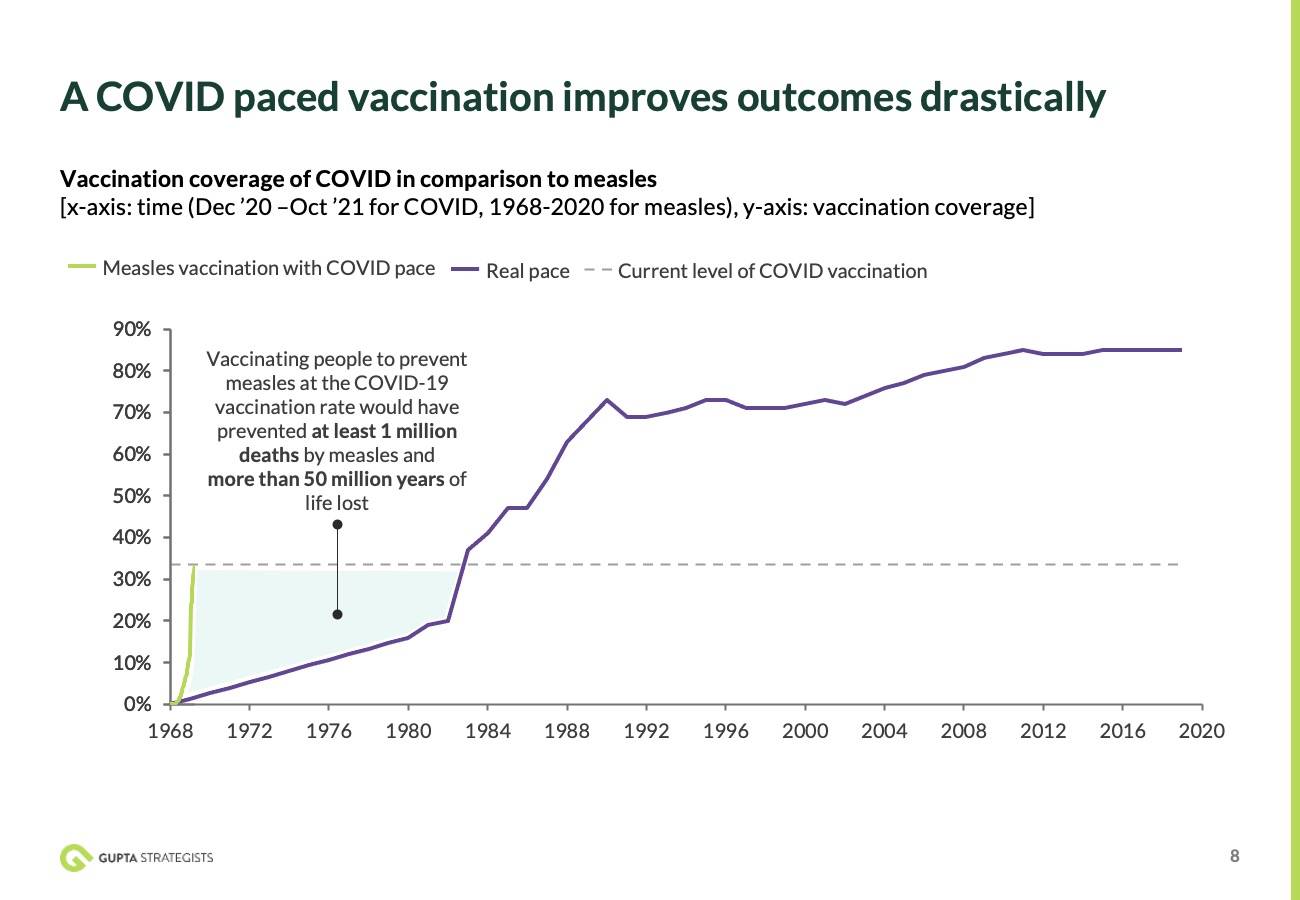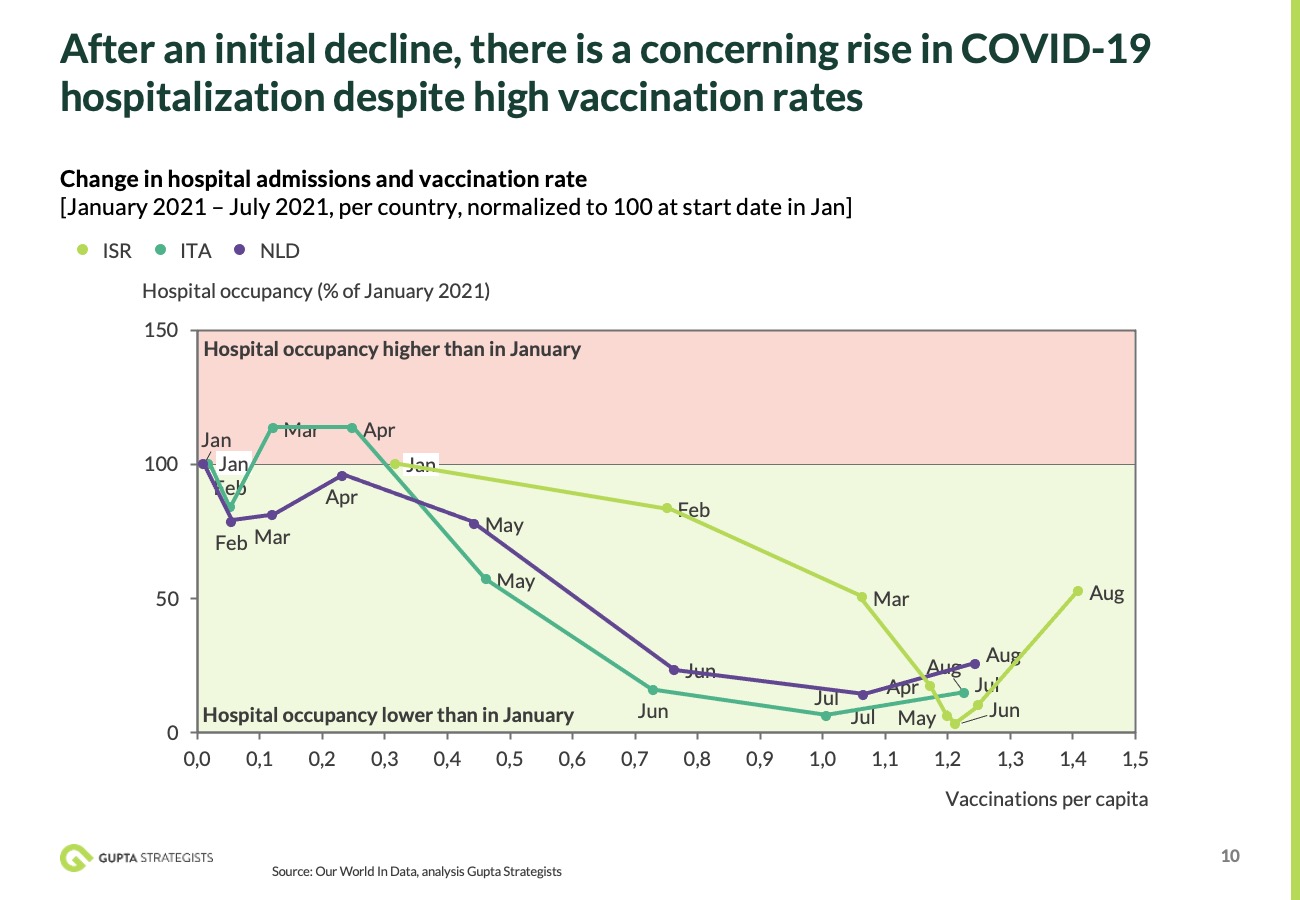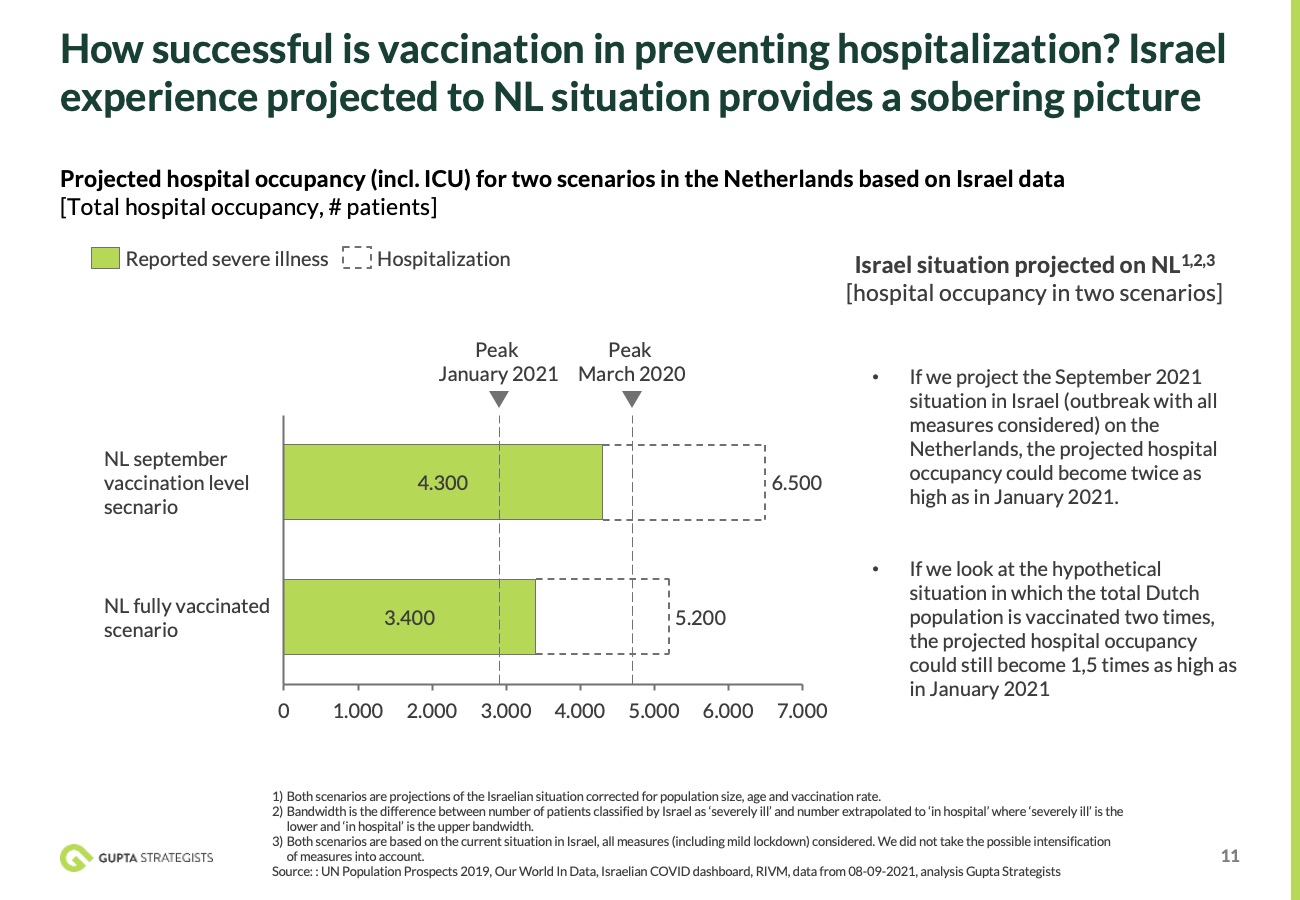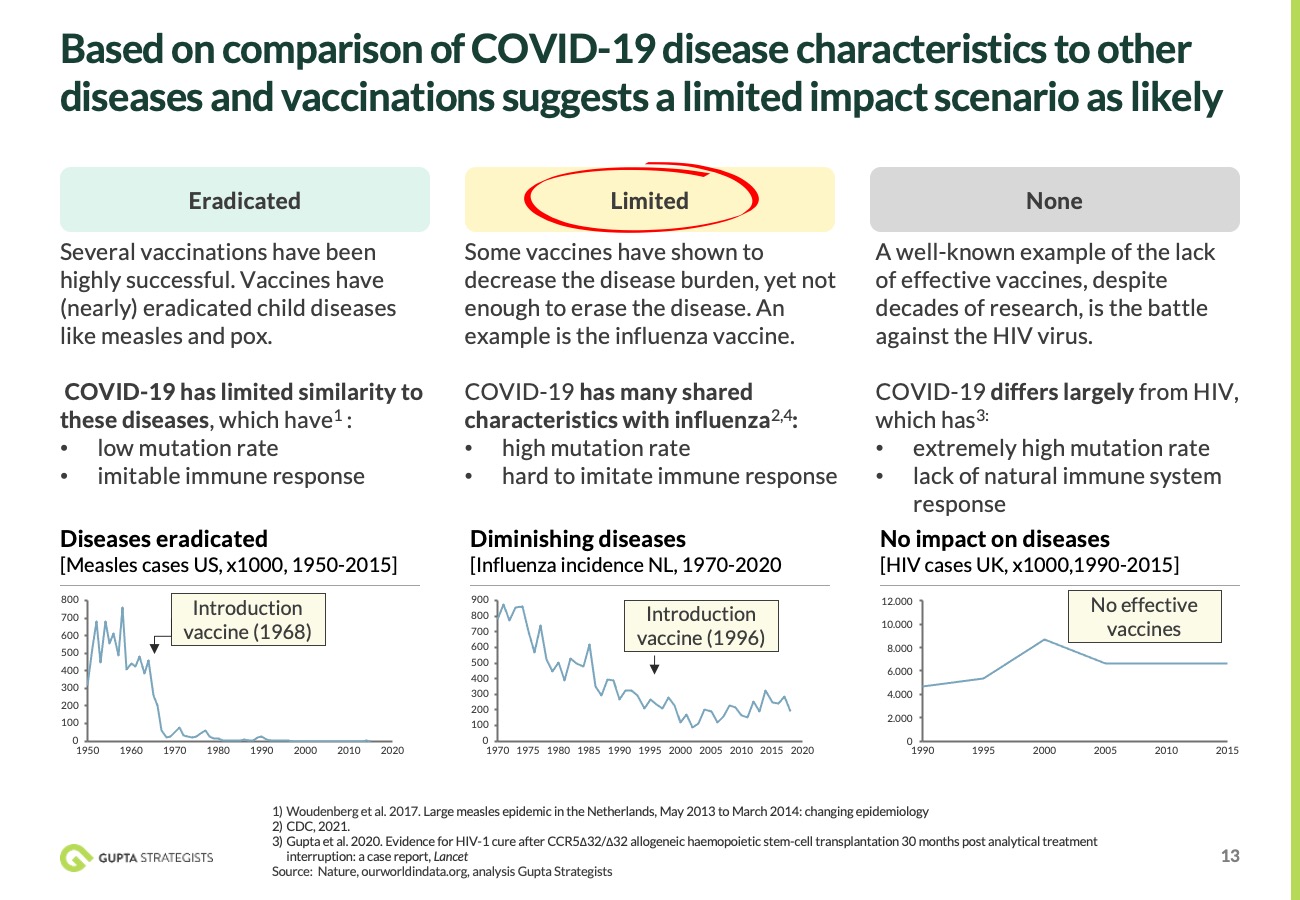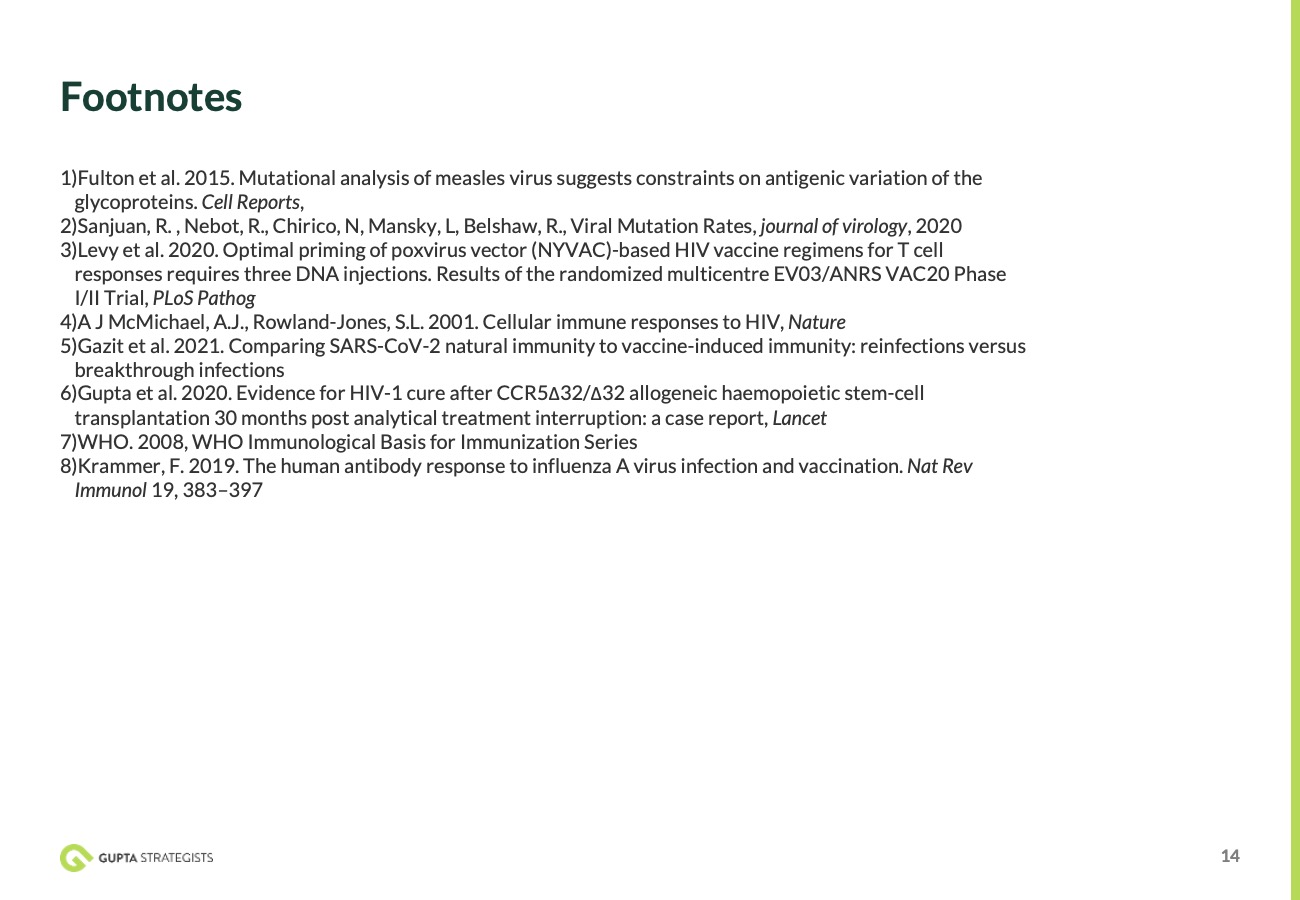Vaccinations
PUBLISHED
OCTOBER, 6TH 2021
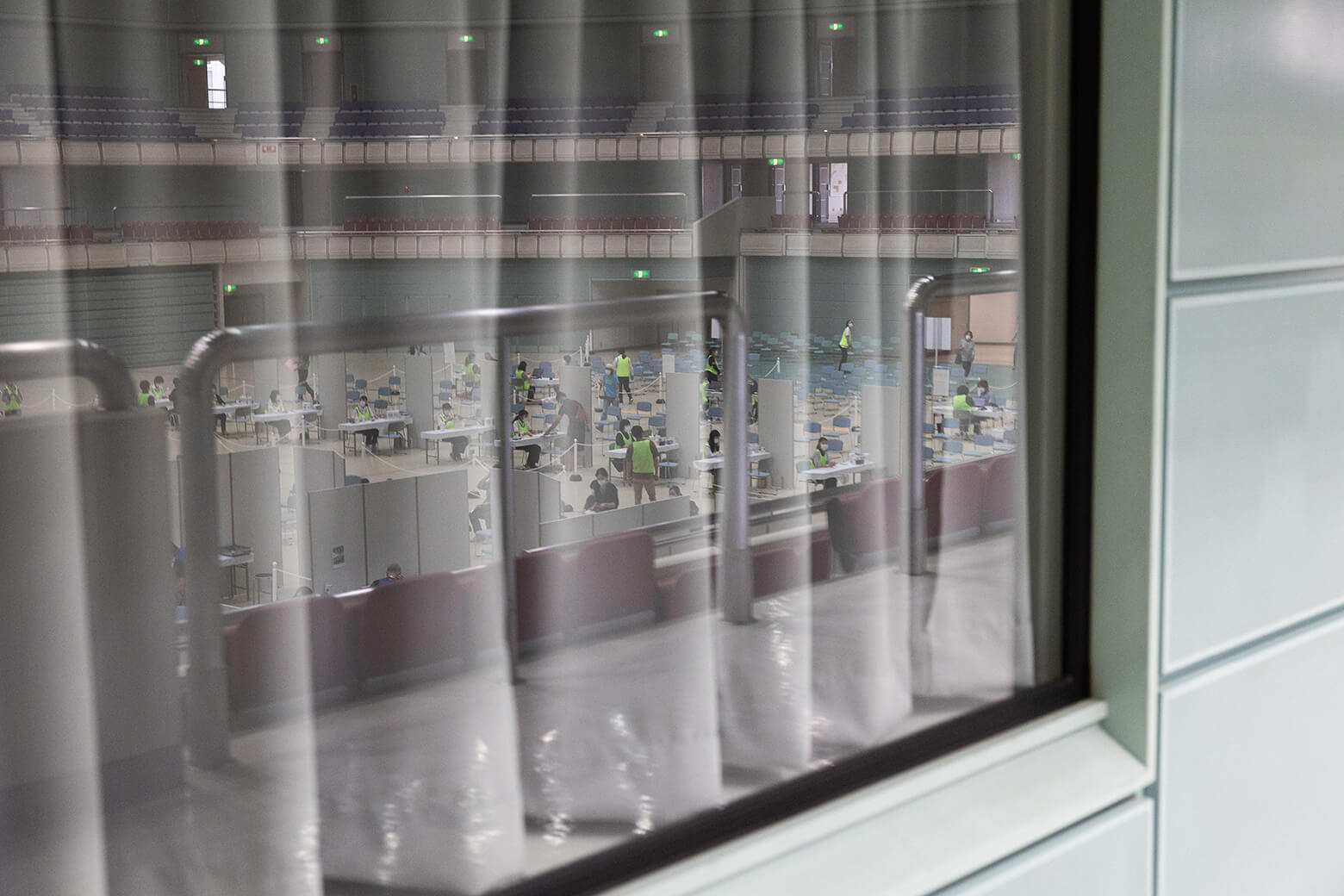
From the beginning it was clear that COVID would have a huge impact on the economy.
The magnitude of impact was obviously unknown at the beginning and even today it is largely uncertain. Well over 1½ years after the first COVID infection the impact is still unfolding, and understanding even the past true impact of COVID on our economies is a challenge.
The photos from the six focus countries give us new perspectives in how they have been affected by COVID. There are obvious differences given the hugely different development stages in these countries. But there are also similarities given the underlying causes and reactions. In the corresponding analyses we estimate the economic impact on the macro level in each country. We also investigate the impact of school closings which would have long term consequences on development. Finally, we delve into country specific sectors to understand the impact on micro level; for example the impact on tourism in Italy, the impact on housing & construction in Ethiopia.
At this stage we obviously cannot have a complete understanding of the impact of COVID on our economies. Nonetheless the insights here are already useful to mitigate the impact of COVID in the coming years and are also relevant for other pandemics in the further future.
COUNTRIES INVOLVED
YUKI IWAMURA
ARKO DATTO
AVISHAG SHAAR YASHUV
Israel was one of the world’s first countries to launch a nationwide COVID-19 vaccination programme, delivering millions of jabs. The first group to have been offered the vaccine included the elderly and clinically vulnerable who – throughout the pandemic – lived in a state of fear and total isolation. On getting their first jab, many felt as though they’d been spared and could now have their lives back, and their family and friends – all of whom they had so desperately needed. A sense of euphoria was in the air, even when it was known to all that they would still need to have their second dose to be considered fully vaccinated and protected from serious illness and hospitalisation caused by COVID. And when the time came for the top priority group’s second jabs, the vaccination programme was gradually extended to younger cohorts. Bit by bit, Israel was making its way back to normality. Initially, Israelis were positively euphoric. It felt as if the vaccine had successfully banished coronavirus from our lives. Mask mandates were lifted, venues were allowed to reopen and hold events, and families could reunite – hugs, kisses, and all. But then – the data started to shift. And before long, hospitals’ all but shut COVID wards were once more fully operational. Fear and panic were back and with them, as were mask mandates, social distancing measures, and school bubbles. As it stands, COVID is still very much in our midst. And as they now go in for their (third) booster jab, people are beginning to wonder whether the vaccine is actually going to see them out of the pandemic. Are a fourth and tenth jab a question of ‘if’ or ‘when’?
Only time will tell…
CLAUDIO MAJORANA
Between March and August 2021 I photographed young people who have chosen to be vaccinated. It was very interesting to talk to them to understand what their fears were and what convinced them to overcome them.
ESMEE VAN ZEEVENTER
MULUGETA AYENE
Doubt, Indifference, Hope: Ethiopians Mixed reaction to Covid-19
Vaccine Rollout
ANKOBER [Amhara Region]: Exactly a year after the first COVID-19 case was confirmed in Ethiopia, its Ministry of Health launched a national vaccination campaign, bringing hope to frontline workers and people in high risk groups. The vaccination push began in the wake of a positive assessment by the African Union CDC whose survey shows more than 93 percent of Ethiopians were willing to receive Covid vaccine. Midway through the actual intervention, however, health officials had to do a lot of convincing, especially those living in part of the country far from the capital city, Addis Ababa. “We had to take the vaccine in public places to build trust over the vaccine and help them protect themselves from the disease,” said Ahmed Seid, deputy head of a health bureau at Ankober, a town located more than 170 kilometers north of the capital. The move was relatively successful and encouraged the public, especially among essential workers and high risk groups, to take the AstraZeneca vaccine brought to the town for the first round immunization campaign, he said. The same enthusiasm, however, was not shown when health officials rolled out the second round of the vaccine targeting people who took the first AstraZeneca dose. Many, including administrative officials and health workers, in Ankober are not as interested as it was a year ago after only four cases registered as of July 26, 2021. “The reason is they do not see the virus as deadly as they thought it was when the pandemic initially hit the nation and the government started to take strong measures,” said Tewabe Aychiluhim, a medic who works at Gorbela Health station in the Town. Of course there are other reasons we hear from the public as well”. Generally speaking though, Tewabe said the reaction is mixed and that could still allow us to push ahead with the immunization campaign when enough vaccines are available. Tewabe’s assessment seems right with residents showing diverse response to the vaccine roll out ranging from indifference and doubt to hope and feeling safe.
COVID and Vaccinations: a Gupta Strategists analysis
CONCLUSION
We perhaps have the COVID vaccine to thank for most countries being able to go back to normal life. By using different technology platforms, different countries around the world, have successfully developed a COVID vaccine within a year. That was unheard of, till 2020. And certainly, undreamt of that a third of the world population would be fully vaccinated as of September 2021!
Vaccinations are our beacon of hope, as is well justified by past experiences for many diseases. However, countries like Israel with the highest vaccination levels have shown concerning rise in hospitalization levels and severely ill COVID patients, also those who are fully vaccinated.
We go beyond to consider how the real-life efficacy of the vaccine is playing out in three countries: Italy, The Netherlands and Israel. And we present a scenario, that should the Israel reality be applicable to the Netherlands, shows how Dutch hospitalization would increase again despite vaccinations. Finally, we explore what we can expect from COVID vaccinations in the future by comparing it to other diseases and vaccinations.
If you are watching this from a mobile device please download the full pdf report

